|
24th October 2021 We've logged into Board Game Arena for some Sunday night gaming. The first game of the night was The Crew: Mission Deep Sea. Clearly the lost continent of Mu has fascinated gamers since times immemorial, so what better than a game about discovering the sunken land: Or at least the plot for a very good trick taking game. What's in a game?
Quality-wise, they're all pretty average quality and what you'd expect. Artwork is repeated across the game's 4 main suits which are colour themed and tend to feature monochrome illustrations decorated in the suit's colour. The trump cards all feature submarines of progressively larger size. The task deck utilises a fair amount of iconography for objectives, mostly it's fairly clear, sometimes some smaller writing appears on a card to clarify, occasionally the rulebook had to be referred to, nothing game breaking. How's it play? Setup
On to play The Crew: Mission Deep Sea is a trick-taking game where one player starts a round by playing a card and the others must follow suit.
Endgame Players collectively win or lose at The Crew: Mission Deep Sea. Ultimately they win when all the missions have been completed. Overall
A friend described The Crew: Mission Deep Sea as whist with a twist and that's sort of accurate but barely describes how much of a good game this is. The task cards are what makes so good, there are 96 of them, providing a vast combination of objectives that can appear. Even if you complete the 30-odd missions in the logbook (Which could take a while!), there's nothing to stop players from just choosing a difficulty and playing! Players must always pay attention during missions, simple mistakes can very quickly end them and each one will provide a distinct randomly generated challenge to face - and pitfalls to avoid! Players will have to silently co-ordinate their efforts, task cards will force them to learn to exploit all the game's rules to be successful, they'll have to learn that winning a trick is not always the way they should go and at times not having the right suit is the right choice! I could spend ages going on about how we've played the game but instead i'll say: The Crew: Mission Deep Sea packs a lot of gameplay into a little package of what is essentially a couple of decks of cards and a handful of tokens. It's a game everyone should definitely try.
0 Comments
6th October 2021 Time for some midweek gaming! It's a Wednesday and we're round Simon's. Valor & Villainy: Minions of Mordak is the game of the evening; an open-world styled, fantasy-themed, RPG-inspired exploration game with one player assuming the role of big-bad Mordak and the others taking on the mantle of heroes. What's in a game? Valor & Villainy is fairly involved game that features a lot of components.
The components are all high quality, tiles and tokens are suitably thick and sturdy, as are the standees. The cards are all well made and the rounded plastic dice feel weighty enough but the standout components are the chunky recessed hero boards which feel solid and also fairly practical. Artwork throughout the game is excellent. The landscapes on map tiles are well produced, clear but also colourful. Character illustrations are bold and slightly-cartoony, it's a style that gets used quite a lot in fantasy-themed games, but it looks good in Valor & Villains. As you'd expect for a open world game like, Valor & Villainy uses a variety of icons and symbols, particularly on spell cards - which essentially are all different. For the most part, the iconography is intuitive and pretty straightforward to understand. How's it play? Setup
On to play In Valor & Villainy, the hero players are trying to discover the 3 shrines hidden somewhere amongst the face-down tiles to weaken Mordak and the Mordak player will be trying to make it hard for the heroes to find them until he arrives on the map after the 6th round. Heroes always act first with the starting player beginning, then going left. The Mordak player may then act after the hero players. The Mordak player essentially gets 2 turns to act, 1 for Mordak himself (Although Mordak doesn't have much to do in the early game.) and 1 for minions. When players take their turns, they will have a number of actions points they can spend to move or act as they see fit, there are also some free actions that can be performed
Endgame Once 6 round have been completed (Or all 3 shrines have been discovered.), the game goes into The Final Battle! During the final battle, Mordak himself will appear on the map and directly engage the hero players in combat. Mordak has a large amount of health; 70-100. If the hero players reduce Mordak's health to 0, they win the game. Conversely, if the Mordak player manages to defeat 3 heroes during the final battle, then the Mordak player wins the game. Overall
There's a lot of charm to Valor & Villainy's presentation, especially the bold, chunky artwork for characters and minions. Mechanically, the game is actually quite straightforward, unremarkable even (At least it is for the hero players.), although it does contain a fair amount of exception driven and situational rules. Using cards for minions makes it a little fiddly to move them around and handle, it also looks a little dull and flat (sic) but conversely, it makes it easy to track minion health and combat initiative. Valor & Villlainy has several quibbles in my opinion One of the most significant is the game's one-vs-many mechanic, these types of mechanic rarely work well in my opinion. Obviously the game will have been balanced to try and take this into account, but few games can balance the difference between 1 human brain versus 4 human brain and the hero players will always have this to their advantage. It almost feels like the game is set up to advantage hero players over the Mordak player. The game also has a weird tonal shift thanks to this one-vs-many mechanic. For most of the game, the Mordak player will be a thorn in the players' sides, a source of constant minor irritation. Then, during the endgame, it becomes straight up, directly confrontational PvP as Mordak appears on the map. It feels weirdly more aggressive. For the heroes, the game is mostly about managing encounters as they appear, recognising and prioritising threats, then dealing with them using the most efficient method, allowing them the maximum opportunity to explore the tiles. For the Mordak player, it's about exploiting any opening or weakness that the heroes present, not only defeating heroes but stymieing and thwarting them whenever possible. Valor & Villainy is a open-world RPG-esque experience where a varied band of heroes, explore, fight monsters, acquire treasure and level up. The ingredients of an RPG are all there, but it doesn't feel quite right and I think there're a couple of reasons why. There's a lack of storytelling to the game and variety to the encounters, there's randomness when setting up a map and not all tiles will appear in any single game, but they're just encounters, they feel a little bland and there's no sense of travelling, journeying or adventuring. The normal map (For 4+ players) will have 20 face-down map tiles to scout, to explore all of them will require turning over 3-4 map tiles per round. Scouting tiles is actually a bit of a balancing act and one of the challenges the hero players face. if the heroes scout too slowly, they risk not finding all the shrines, if they do it too quickly, they risk revealing more minions than they can handle at once. This will require players to head off in different directions and in an RPG you should never split the party! In relation to combat, it seems the most efficient way for the Mordak player to accumulate experience points is to relentlessly pick on one player until they are defeated, then choose another player to pick on. It feels particularly un-RPG-like where combat tends to distributed amongst all heroes. Even then, when a hero is defeated, on the next turn, the hero will reappear in the centre tile like it's a videogame spawn point. All of this adds up to make Valor & Villainy feel disconnected from RPGs. But for me, by far the biggest problem the game has, is its run time. We played with 5 players in total and a game took somewhere between 2-3 hours to play out. If felt like each player took about 4-5 mins to complete their turn and don't forget that the Mordak player essentially gets 2 turns in a row, 1 for themselves and 1 for their minions which makes a round 25-30 minutes long and that's before adding in The Final Battle. It also meant players had about 20 minutes of downtime between turns. It's too much, if Valor & Villainy was an exceptional or engaging game, it wouldn't be such an issue, but it's not. It's not a bad game either, it's just slightly bland and slightly average. There's nothing wrong with an average game, so long as it doesn't outstay it's welcome. The effort Valor & Villainy requires to play doesn't quite justify the experience it provides. 26th September 2021 Sunday evening is here and I'm logged into Board Game Arena for some gaming goodness. Similo: Fables is one of several different Similo games, as you may have surmised from the title, Similo: Fables is themed after folklore and fairy tales. Caveat: We've only ever played this game digitally. What's in a game? Similo Fables comes with a deck of 30 cards. Each card depicts a character from fairy tales, folklore and other fantastical stories, characters such as the 'Three Little Pigs', 'Cheshire Cat' and 'Cinderella'. The artwork on the cards is stylised and cartoony as well as bright and colourful. It suits the game's light tone well Similo: Fables uses no iconography to speak of. How's it play? Setup
On to play Similo: Fables is a co-operative game where the glue-giver and guessers must work together. The objective is for the guessers to guess which one of the 12 displayed characters is the secret character from clues given by the clue-giver and eliminate the other 11. How is this done? Read on:
Endgame During any of the games 5 rounds, if the players eliminate the secret character card, then the game is collectively lost by all players. If the game reaches the 5th round and they correctly eliminate the final false card, then by matter of elimination, the players will left with the secret character as the last card, in which case all the players collectively win. Overall
From the brevity of this blog, you can see that Similo: Fables is a game that manages to be both easy-to-learn and also co-operative, 2 game elements that quite often don't easily sit together. While the game is uncomplicated, it has some inherent depth that derives from it's interpretive/deductive mechanics which essentially means that with these sorts of game mechanics the players provide the depth. The clue-giver must agonise about how to give the best clue and try to anticipate how the guesses will receive it. In turn, the guessers must agonise about which cards to eliminate and try to gauge what the clue-giver was thinking. These are all meaningful decisions, which is always a good thing. Although it has to be said, that the more players know each other, the easier games like this become. I also like how the stakes increase every round, more and more cards will need to be eliminated and with a dwindling selection to chose from, it gets easier to make a game ending mistake. This keeps the tension high. Similo: Fables didn't quite deliver the gameplay we were looking for though; truth be told, it was perhaps a bit too light for us. Having said that, from observing the artwork, it seems that the game is targeted at younger players and for them, I think it's a good game, promoting creative thinking and especially with its co-operative nature, where everyone wins or everyone loses. I also think it's can be a good party game for non-gamers to play. 11th September 2021 Wogglecon was drawing to a close and the final game of the day was co-operative word-puzzler Letter Jam. What's in a game?
The numbered token are bright and colourful art-wise and while simplistic, the setup cards are pleasant enough. Otherwise, there's pretty much no more art, but this is a word game, how much art is needed? The game has practically no iconography that needs learning. How's it play? In Letter Jam each player is given a 5-letter word in the form of 5 face-down letter cards. Then the players have to collectively guess their individual words by looking at the clues given by other players and filling in the gaps. Setup
On to play
Endgame Discussion and cluegiving continue until one of the following 2 conditions are met. There are no more clue tokens or players are happy with their deductions and want to guess their words. Now all players take their 5 cards and keeping them face-down, rearrange them to spell the word they were originally given. Once this is done all players simultaneously reveal their words. If everyone has spelt a word, then everyone wins! Interestingly, it does not have to be the word that was given, so long as it's a real word, it counts! If one or more players hasn't spelt a word... well... there's always next time. Overall
Letter Jam is a pretty clever little game that will tax players' grammatical and spelling abilities. Players will want to try and spell out distinct or unusual words so that there's less ambiguity for other players who will then have a better opportunity to guess their own letters. Ultimately though, players will probably end up having to employ deductive reasoning and make educated guesses and hope for the best. If you're an analytical player who sees all the possible variations in a situation, you'll probably end up overthinking Letter Jam. There's not much more that can be said about Letter Jam, the game's depth doesn't arise from mechanics, it comes from players' abilities to spell words. Letter Jam is a light game to play, has a lot of replay value and plays up to 6. If I have any criticism of Letter Jam, it might that the game feels a bit too overlong for what it is and rules are slightly fiddly. Otherwise it's mostly straight forward to learn and the game will have crossover appeal to non-gamers and is a reasonably fun cooperative game to play. 11th September 2021 All day Saturday continues, the next game I played at Wogglecon was Betrayal at the House on the Hill. What's more fun than exploring the local haunted house with your disparate band of friends. I mean, what's the worst that could happen? It's not like one of them is going to betray you, right? It's not like it's in the game's title! What's in a game?
The character tiles are decorated in monochrome illustrations with one colour - the player's colour. Artwork used on the room tiles is a little plain but unobtrusive. The paintjobs on the models is nice addition. Thematically, it all fits though. The game's iconography was straight forward. How's it play? Setup
The objective in Betrayal at House on the Hill is to explore the house until the 'haunt' is discovered and then maybe defeat it! Broadly speaking, the game is divided into 2 stages, the second stage begins once the 'haunt' has manifested. On their turn, the active player can do the following:
Endgame The heroes and the traitor continue taking their turns until one or the other complete their objective, in which case they win. Overall
Mechanically speaking, Betrayal at the House on the Hill is straightforward, especially in the first stage of the game. Players add tiles to the map and deal with whatever randomly comes with it, it's fun, but players are just reacting to encounters, all a bit unchallenging mentally. When the traitor is revealed, this all changes though. The heroes will find themselves having to complete their objectives while invariably having to keep out of the clutches of the traitor and their monstrous allies. They'll probably have to collaborate to have a chance of success. Meanwhile, the traitor will have their own objectives, this may or may not involve capturing or defeating the heroes. The traitor can be sure that the heroes' objective will be bad news for them and will want to thwart them. Betrayal at the House on the Hill has now become a very tense game of cat-and-mouse. However, there are number of things about the game that irk me. I'm not fond of traitor mechanics, nor am I fond of one-vs-many mechanics and Betrayal at the House on the Hill uses both! It's a bit of a put-off for me, obviously, YMMV. Additionally, when the haunt is revealed, all the players must split up to secretly read their objective and in the case of the heroes; discuss their actions while the traitor sits around waiting. This creates a strange, pace-breaking awkward pause to the game. Finally, having the playing area actually split into 3 playing areas, one for each of the house's floors feels somewhat clumsy to me, it's not a dealbreaker, but it does take up table-space. There's nothing wrong with the game, it's just not really for me and isn't a game I'd pick to play. If the haunted house theme appeals and you're happy to play with traitor mechanics, Betrayal at the house on the hill will probably be an enjoyable experience. 27th June 2021 Sunday is here and I'm logged into Board Game Arena. Playing board games is a great way to escape your troubles and ignore what's been happening outside your window and across the globe for the past 2 years and to do that, we chose to play a game about not 1 pandemic, but 4 of them! The first game of the evening was Pandemic. What's in a game?
The components in Pandemic are all of a reasonable quality as you would expect, nothing feels particularly cheap. The pawns are made of plastic and not wood, but that's a trivial quibble. The other markers are constructed of satisfyingly thick plastic. The plastic 3D research stations are a nice touch as are the colourful, translucent, acrylic disease cubes, it also makes them easier to pick up and move - which for the cubes will occur frequently. Artwork on the board is functional more than pretty, which is fine and everything's easy to understand, the same is true of city and infection cards which show locations on the board as opposed to containing illustrations. The small amount of artwork in the game mostly appears on role cards, which each have a good quality unique illustration that depicts their role, event cards also contain some unique artwork. How's it play? Setup
On to play The turn structure for Pandemic is as follows: The active player has their turn, which consists of 4 actions, then they draw 2 cards from the player deck, finally the 'board' has its go. Once all of this has been completed, the player to the left becomes the active player.
Endgame Play continues until one of the following conditions is met. If the marker on the outbreak track reaches its 8th and final space; the players collectively lose. If, at any time a disease cube needs to be added to the board and none are available in that colour; the players lose. If a player needs to draw 2 cards from the player deck and cannot do so because none or only one is available.... you guessed it; the players lose. If all 4 diseases are cured, then the players immediately win. Diseases do not need to be eradicated in order to win. Overall
Well, Pandemic.... what's there to say about this game? Pandemic is a pillar of modern cooperative games that has been followed up not only by a slew of expansions and spinoffs, but also a number of differently themed games such as Horrified that employ similar mechanics. Some of Pandemic's elements and mechanics may seem a bit trite nowadays, but that's simply because they're part of a game that popularised those mechanics in the first place and is a testament to Pandemic's longevity and influence. Pandemic utilises the tried-and-tested game flow of alternating between player turns and card-driven board actions in a game that is a globe-trotting race against time. In a turn, players are faced with the difficult choice of trying to stem the spread of the 4 diseases or instead trying to interact with the other players and swap the cards necessary to cure those diseases. Ultimately, players will need to find a balance between the two approaches. As with other cooperative games, bad luck may play a major role in Pandemic and mitigating that bad luck is vital to winning. Decisive actions, recognising priorities and acting on them are also vital to success, as are knowing when to use role special abilities. Pandemic is also hard, I think this comes down to Pandemic's rules for swapping city cards between players which requires them to be in that card's city in order to do so. It's unlikely players will be able to collect 5 cards of single colour on their own so coordination between players is vital. We've played a few of the iterations that followed Pandemic and it always felt like this rule has been softened a little. Is that as bad thing, I suspect YMMV? Pandemic does a good job at evoking the feel of a spreading global crisis and the desperate worldwide fight to contain it. I have to admit, considering the events of the past 2 years, we haven't had much compulsion to play Pandemic. Even so and despite the difficulty, I feel that if you like cooperative games, it's still worth playing, it challenges players with making difficult decisions at nearly every avenue and is satisfying to win. 15th June 2021 It's a Tuesday evening at The Sovereigns with the Woking Gaming Club. Continuing a theme, the second and concluding game of the night was another cooperative game. Previously; we'd defended the kingdom from invaders by rolling for adventure. Now, we're going to defend the kingdom from invaders by being tiny... and epic! What's in a game? Like all Tiny Epic games, this comes packaged in a small, sturdy box with a bunch of tiny components.
Artwork on the region cards is nice enough and fairly evocative of their respective regions, meanwhile the art style used for the enemies and player characters reminds of art used in various fantasy videogames, which is no bad thing, it's bright and colourful, which I like. How's it play? Setup
On to play To some degree, play in Tiny Epic Defenders is determined by the turn deck. In each turn, reveal a card from the turn deck and activate it's action.
Endgame When the epic foe is revealed, the endgame is triggered. The turn deck is still used, but no new cards are added and play continues until one of the following conditions is met. The players must reduce the epic foe's health to 0 in order to win. If the threat level of the Capital City reaches maximum at any time during play, then the players lose. Overall
Tiny Epic Defenders is quick to set up, learn and play, with those artefact tokens it also looks pretty cool when your ITEMeeple is tooled up. It seems to play a little different to most other cooperative games I've encountered. Those other games tend to make players choose between working towards an objective or managing an ongoing problem of some kind. Tiny Epic Defenders' is mostly about the kingdom and characters surviving the attrition the game throws at them until the epic foe appears, then players have to balance their actions between defeating the epic foe and defending the kingdom. Like other cooperative games, managing bad luck is vital to victory, in this case it from the turn deck. This means it's a game about mostly adapting and optimising tactics in preparation for when the epic foe appears and I feel it's particularly important to defend against dire enemies as its the only way to earn artefacts, which can prove vital to victory. How the turn deck works in conjunction with the horde deck seems like a clever mechanic; players will know how often they get to act and generally how many times enemies attack, but not the order. It makes the game feel like the luck mechanic isn't too unpredictable, which is no bad thing. Adding cards from the horde deck however, introduces two further elements into this. Firstly, escalating the threat by adding more enemies and secondly, by also introducing a new random facet to the turn deck because the added cards are hidden until they're revealed. All of this works to raise stakes and tension as the game continues. Having said that, when defending against enemies, it felt a little unsatisfying and futile when they were only sent to the discard pile instead of being defeated outright, but I guess that's necessary for the turn deck to work. I also found the tactics a little on the lighter side, ultimately, there were only 6 total locations that needed defending and decisions tended to be between lowering threat in a region or sitting a region waiting to defend it when it was inevitably attacked in an enemy action. It's not a gamebreaker, I'm just not sure how well it holds up to repetitive play. If you're looking for a fairly quick-to-play introductory cooperative game to try, you could do worse than look at Tiny Epic Defenders. Or if you like cooperative games and want something a bit lighter, it might also be for you. 15th June 2021 It's a Tuesday evening at The Sovereigns in Woking and if memory serves me correctly, the first time that I've met up with the Woking Gaming Club have met Since October last year! The first game of the night was Roll For Adventure, a cooperative, dice roller where players must unite to foil the machinations of a Dark Lord wannabe and save the kingdom! What's in a game? In Roll for Adventure, our heroes must join forces to defeat The Dark Lord Saur-errr Master of Shadows; how is this done? By collecting the power stones to activate the magical artefact; how is this done? By making lots of dice rolls of course!
The dice are of the smaller variety, which is fine by me, they're made of plastic and finished in a 'marble' look, their edges are nicely rounded and their dots are indentations and not printed. Good quality dice overall. The territory die is a larger size and has rounded edges, it has artwork related to the territory boards printed on 5 of its 6 sides, the printing seems to be good quality and doesn't look like it'd rub off easily. The game's variety of boards and tiles are all printed on thick card, as are the components. The enemy cards are pretty standard quality cards. Finally; special mention goes to the completely unnecessary and therefore cool little 3d plastic skulls used to track damage on the 4 territories. Artwork used on the territory boards is fairly minimalist and functional by necessity as space is given over to holding dice. The palette used for the 4 territories extends to the enemy cards and some components. The quality of artwork used on the enemy cards, hero and adventure boards is all reasonably good. The bright colours scheme used to represent the power stone is pleasantly eye catching. All-in-all, the components in Roll for Adventure are all of a good quality. How's it play? Setup
On to play Like a lot of cooperative games, Roll for Adventure alternates between a player's turn and then the board's actions before moving on to the next player's turn. The basic principle behind a turn in Roll for Adventure is simple: The active player rolls all their available dice and uses one or more of them of the same number, then rolls their remaining dice and so on, until they've used all their dice. What those dice are used for however, is the crux of the game.
Endgame If the damage token for any territory reaches its final spot, the players collectively lose the game. If at anytime all the players collectively have no dice to roll for whatever reason, then the players lose. If the players manage to collect the last power stone for their adventure board, then the players collectively win. Overall
Roll for Adventure is an interesting combination of cooperative gameplay and some unusual dice rolling mechanics. A good example is the Vortex of Resurrection: Using the vortex ends a player's turn immediately. Early in their turn, it's possible a player have the double 5 or double 6 which will be high enough to trigger the vortex, but doing so is a waste of a turn (And dice rolls.), however, waiting until a player only has 1 or 2 dice left means that getting a good result for the vortex is tricky. Roll for Adventure has no 'set aside' rules or mechanics in Roll for Adventure here, after players use dice, the remaining ones are re-rolled and you can kiss those other useful results goodbye. It forces players to make decisive moves about what they have available now and collectively players need to really cooperate in these decisions too as spreading dice too thinly throughout the board can be a costly error, dice stuck on half completed tasks are a problem waiting to happen. Players need to concentrate on a couple of tasks only if possible and maintain the loop of using dice and then getting them back to use in the following turn. The same is true of enemy cards, if they're not dealt with quickly, they can linger and repeatedly attack the board, particularly lower rank enemy, which will be commanded to attack the most often. Balancing the need to get power stones and the need to defeat enemies is key, along with mitigating bad luck that tends to accompany cooperative games. The extra wrinkle here is the need to also manage your dwindling resources - dice! Actions (Or inactions.) will frequently have an impact on the game and that's a good thing. That's not to say the game is without some criticism. With 4 double-sided territory boards, Roll for Adventure has 8 subsystems, at least 4 of which must be learned to play the game. In my opinion, this makes the game feel a little overly complex for the experience it delivers, which a shortish, almost abstract experience. The game's theme doesn't gel entirely well with its mechanics for me. Do the dice represent various actions of the the player's hero? Or are they minions of the hero sent off on different missions? Whatever the answer, it felt a little unengaging, closer to an exercise in comprehending probability than going adventuring. Having said all that: The game's balancing kept the outcome in the air all the way throughout and the tension high at the end. If you like cooperative games, Roll for Adventure is worth a look. If you've spent a lot of time playing those coop games where you spend action points to run around a map to perform tasks, this could give you a fresh take on the cooperative playstyle. 4th June 2021 It's Friday evening and we're logged into Tabletopia. This evening we will be playing the first part of Pandemic Legacy: season 0. Time to battle the Soviets to save the world during the height of the 60's cold war. Caveat: we've only played this game digitally online. Caveat No. 2: This is a legacy game and we only played the prologue, so I'm not going to blog about it at length. What's in a game? Season 0 is a prequel to the other Pandemic Legacy games, none of which I've played. If you've ever played a Pandemic style game before, then a lot of this will be familiar to you.
There's also a lot of components to deal with the legacy element of the game. How's it play? Setup The setup for Pandemic Legacy: season 0 will differ for each scenario as they have their won objectives, but will include the following:
Players of other Pandemic games will recognise most of the play mechanics. There are some other elements, but mostly during their turn, the active player will have 4 actions points to spend and their turn goes as follows:
Endgame Each mission will have it's own unique objectives to complete, when they are all either completed or failed, the mission immediately ends. Missions will also immediately end if the following criteria is met: Cards cannot be drawn from the player deck. There are no more agent figures that can be used. There are no more incident markers that can be used. If the mission ends and there are any incomplete objectives, they are marked as failed. Then players will be rated as succeeding, adequate or failing, this will have an affect on later missions. Incidents that occurred during a mission will impact the board for later missions as well. There are 12 missions played over a period of 12 months, making it a busy year. There will also be numerous other actions will occur with regard to further missions, this being a legacy game. Overall
I'll start by saying that I know some people gush over legacy games, but I've not really played much of any legacy games and I'm pretty ambivalent towards them. I understand the appeal of an evolving game where player decisions have an impact on further games over time. At the same time, I'm so sure about a game where you have to play it 12 or 20 times to get the most out of it. Anyway; since I've not played the legacy components of Season 0, I'm not really going to blog about them, instead I can write my thoughts about the general mechanics of the game. If you've played a Pandemic style game, then a lot of this will be familiar. It has the same, recognisable gameplay elements of racing against time and having to make difficult meaningful decisions to balance completing objectives with firefighting the spread of in this particular incarnation, Soviet agents. Like all cooperative games I've played, mitigating bad luck is a key component to succeeding. Reskinning Pandemic's mechanics for Season 0 could have been lazy and bad, but actually, they work and fit the theme pretty well, the changes introduce interesting concepts, although some of the changes only apply to long term play. The addition of teams is an inspired change, instead of running around and doing actions myself, I could instruct teams of agents to do it, provided they had the correct aliases of course. Not only did it give players and extra decision to manage, it made me feel more of a spymaster than a spy, which I found quite appealing, it gave the impression that more was going on at any one time, it made the game feel bigger and that's good. These changes differentiate Season 0 from Pandemic, but is it enough of a change to justify owning both? For me, as an owner of the original Pandemic; I'd say no. Would I play someone else's copy? Probably. I have to say it would cool to have seen the agent mechanics employed in a standard spy-themed Pandemic game. If you're a big player of legacy games and can commit to them, it's definitely worth a look. If you're also a fan of Pandemic, it might also be for you. 28th May 2021 It's a Friday night and we've met up at Simon's for some impromptu gaming. Have you ever had the urge to run around being chased by Dracula? Or The Wolfman, or any other of the Universal movie monsters in a cooperative turn based race against time to defeat them? Then welcome to Horrified. What's in a game? Horrified is a cooperative board game in the vein of games such as Pandemic and has some loosely similar rules.
The monster figures seem good quality and stand about 32mm high. All the tiles and tokens are made of suitability thick cardstock, the standees are also fine. The quality of the 2 decks of cards what you'd expect. The game's art is universally good, I particularly liked the board which is eye-catchingly coloured in blue and yellow. All the art used on the monster components is also excellent, wisely drawing inspiration from its iconic source material, this includes the monster figures which are reasonably sculpted for game pieces and easily recognisable by anyone who knows their universal monsters. Art on the other tiles, character and villager standees is also good, the same is true for the monster & perk cards. Item tokens only feature monochrome illustrations and that's fine since the tokens are quite small and there will generally be a lot of them. Besides, just how exciting can you make a clove of garlic or a pitchfork look? How's it play? In Horrified, players are tasked with travelling round the board to collect item tokens and use them to complete tasks to make monsters vulnerable, then they can be defeated. All the while, the players must avoid the monsters and also protect the very hapless villagers. Setup
On to play When the active player has their turn, it will be split into a character turn and then a monster turn. Character turn Let's start with the character's turn, each character will have 3-5 action points to that the player may spend per turn, they can be spent as follows:
The monster turn is dictated by the monster card which is drawn. Each monster card has 3 elements to it.
Endgame Horrified has 2 ways to lose. If the marker on the terror track reaches 7, then everyone flees the village in errrr, well terror! If, when it comes to a monster turn and there're no monster card to draw, then time has run out and it's game over! Monster overrun everything. Players win the game by completing the objective for each monster and then vanquishing all monsters. Overall
Horrified uses some interesting mechanics that set it apart from similar games. The asymmetrical objectives that need completing for the different monsters is genuinely inspired game design. Objectives like curing The Wolfman, solving The Mummy's sliding puzzle or proving the existence of The Invisible Man thematically it fits the monsters and mechanically it adds variety and longevity to the game. The damage mechanic is also an excellent idea; forcing players to choose which item(s) to discard can be a meaningful and painful decision, choosing either to lose an important token that is needed or a high value other token is tough. It also does away with the need to track health or hit points. Villagers too, are a good addition, keeping them alive can be a burden, but is also vital to keeping the terror track under control. If character manages to escort a villager to safety, then the reward is a perk card. Perk cards can be extremely useful and turn things around when played at the right time, they can be game winners. Horrified is a little bit less finicky than it's counterparts but that doesn't make it an easy game, whenever we've won, it was only with a couple of actions in hand and when we've lost, it's been by a few actions as well. Like every other cooperative game I've played, Horrified uses luck - or bad luck more precisely, to provide a challenge to the players, some bad dice rolls or an unfortunate monster card draw can really throw a spanner in the works. Like all those other cooperative games, how players manage the bad luck is important to victory. Furthermore, every decision has to count, Horrified is a tightly balanced game. Since there are only 30 monster cards, that means that players basically have 30 turns to win, or on average 120 actions to spend. There's scant time to waste. Horrified is a fairly accessible, fun to play and well presented game. It's one of the best cooperative games I've played and I'm to play it again. |
AuthorI play, I paint. Archives
March 2024
Categories
All
|

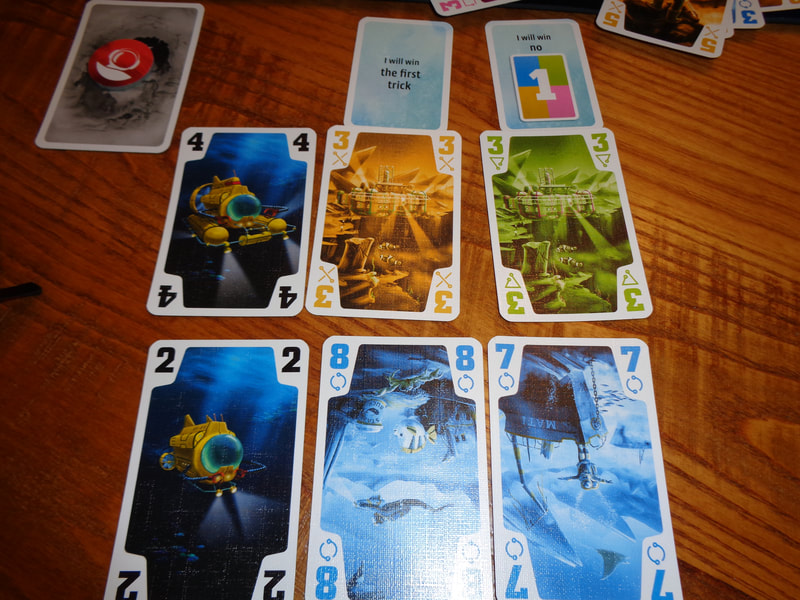
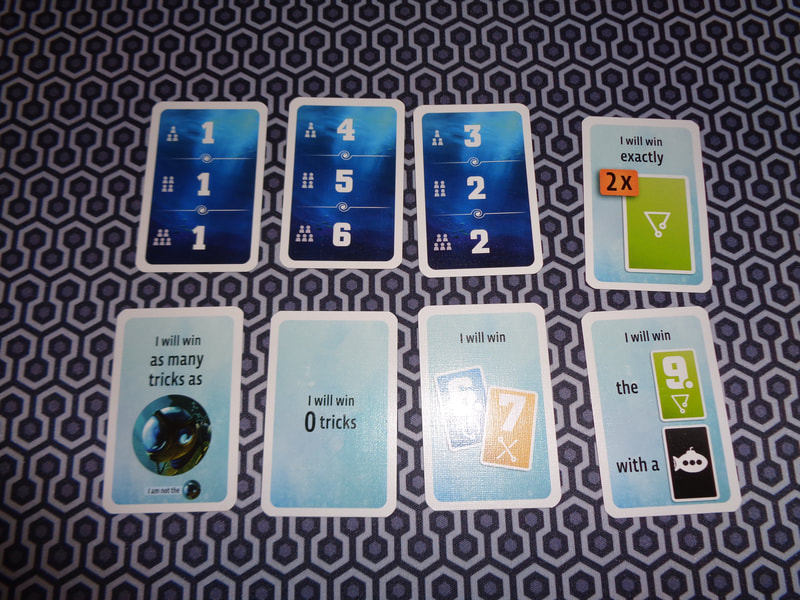
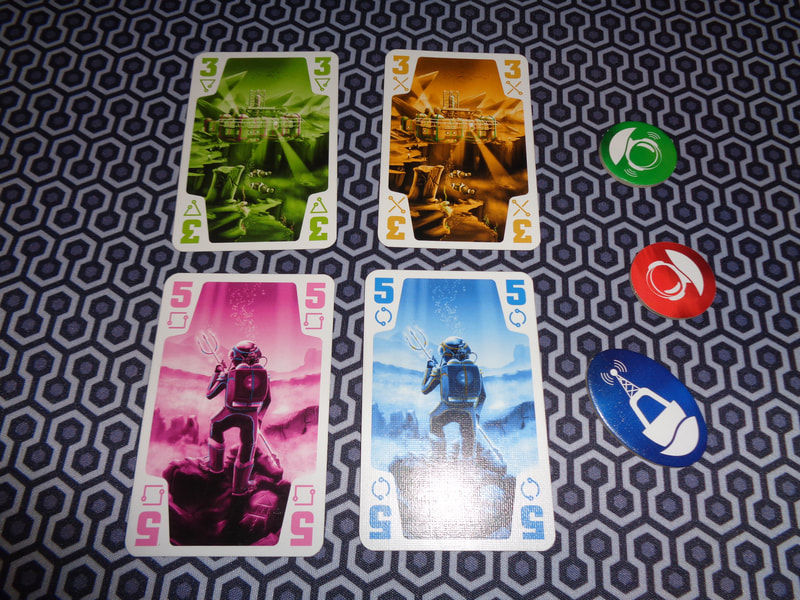
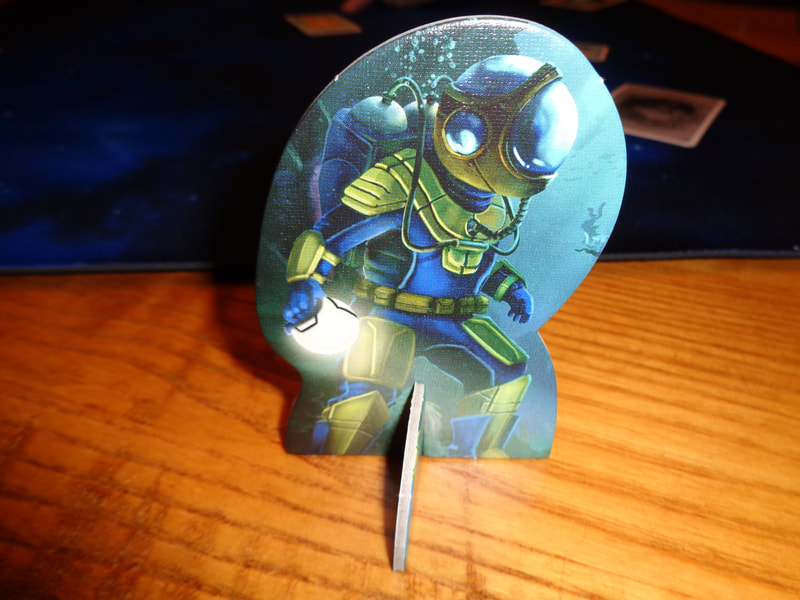
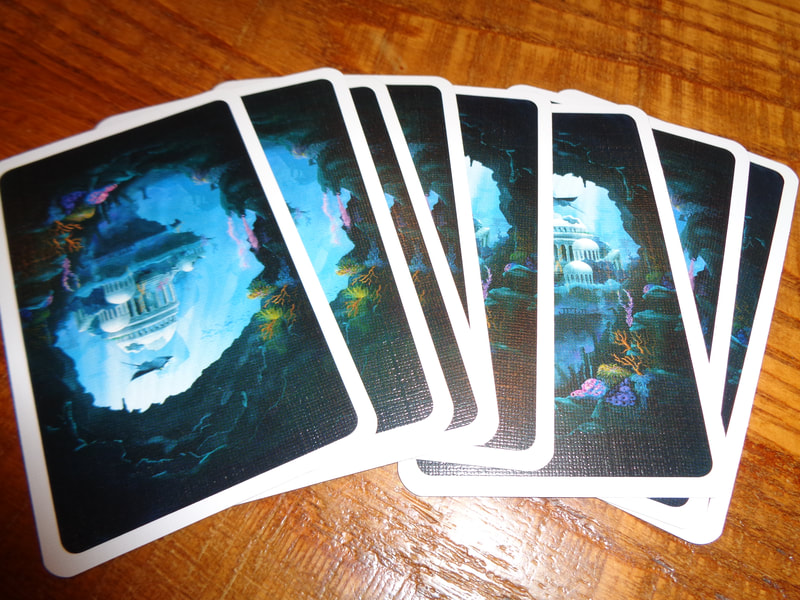
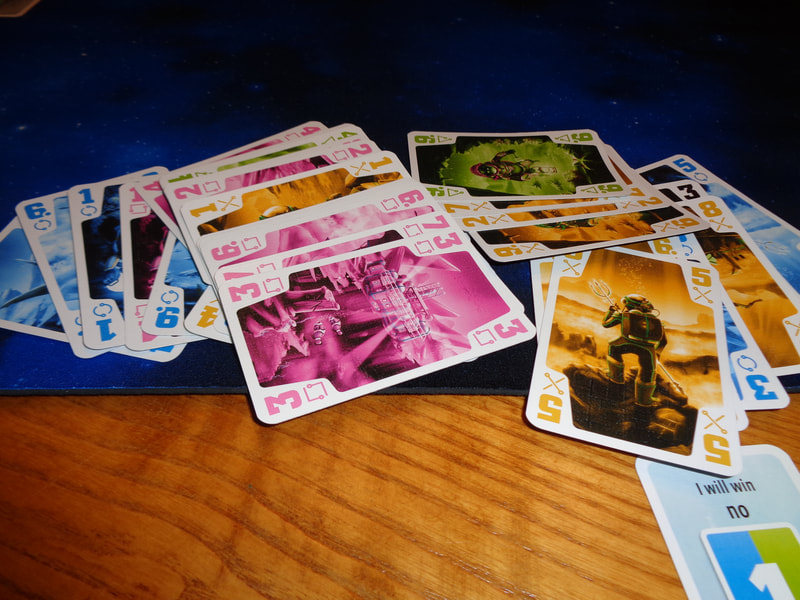
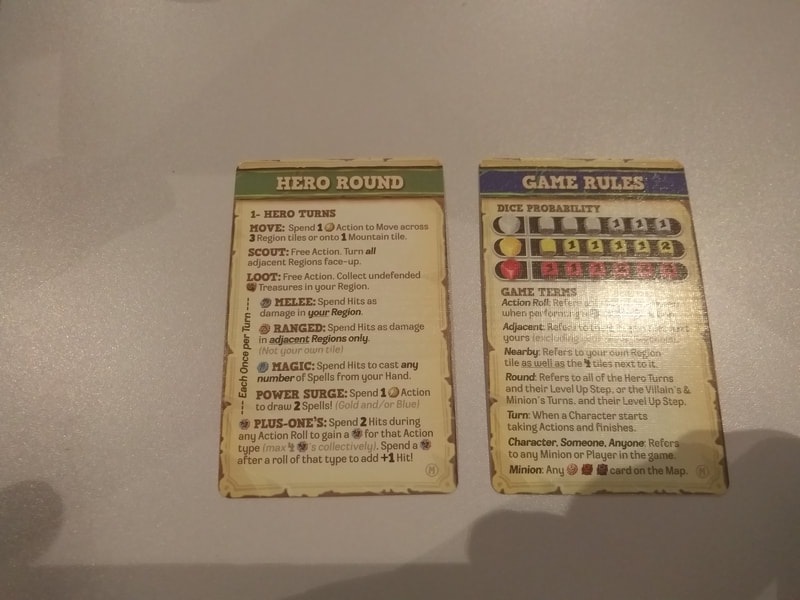
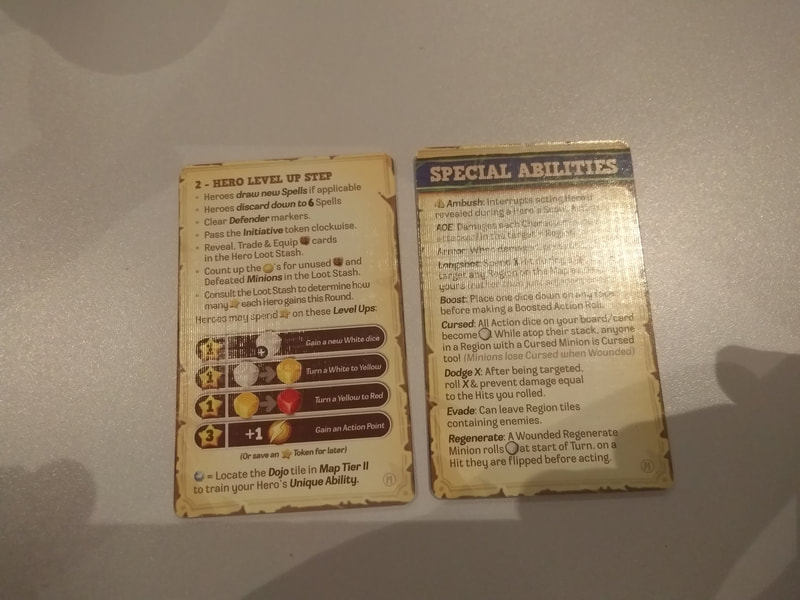
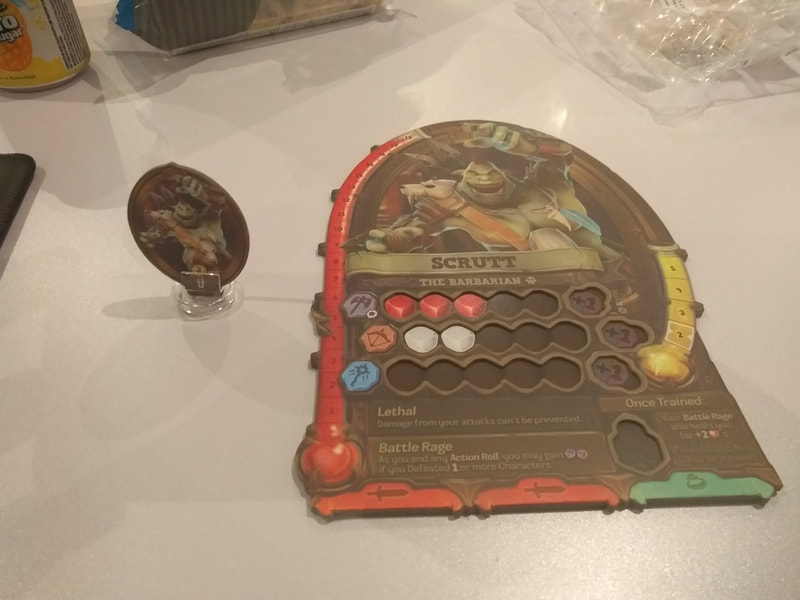
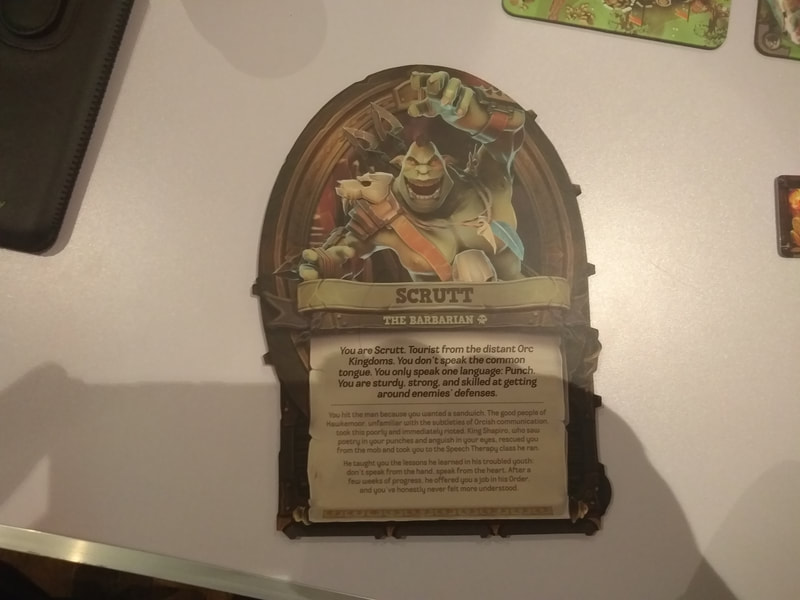
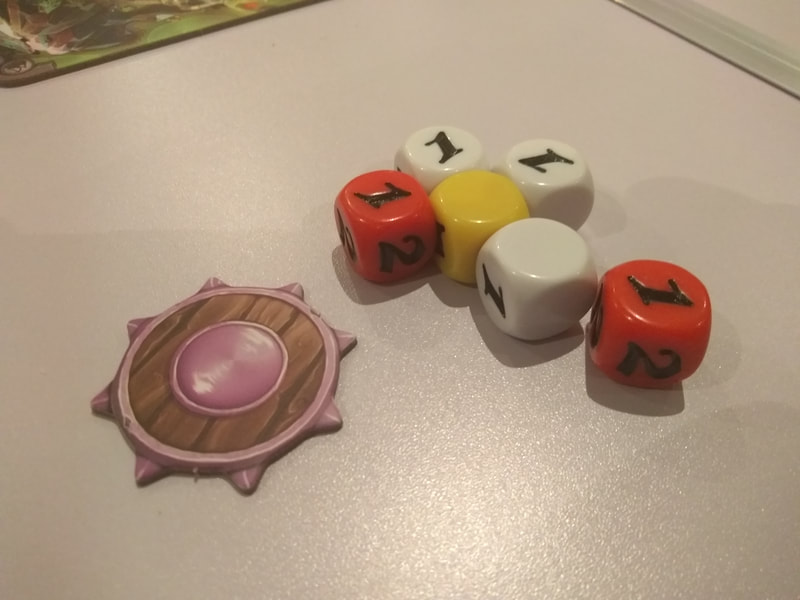
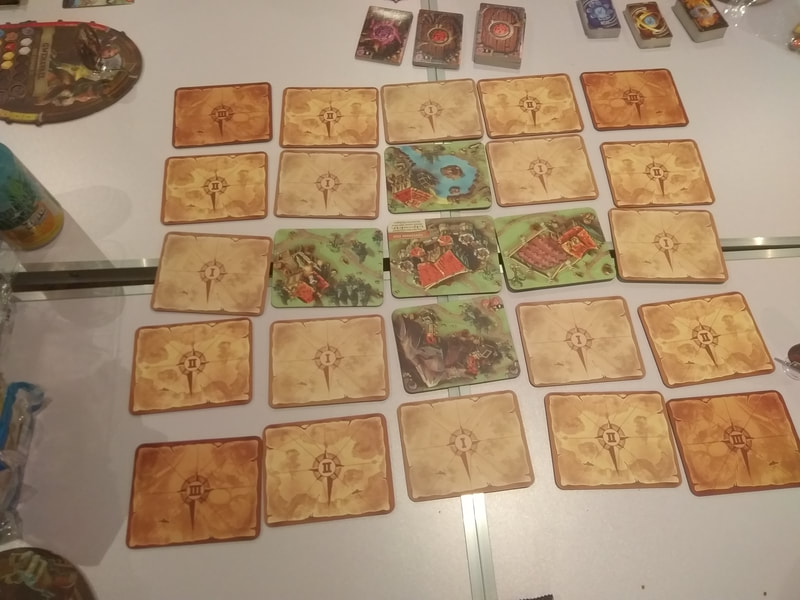
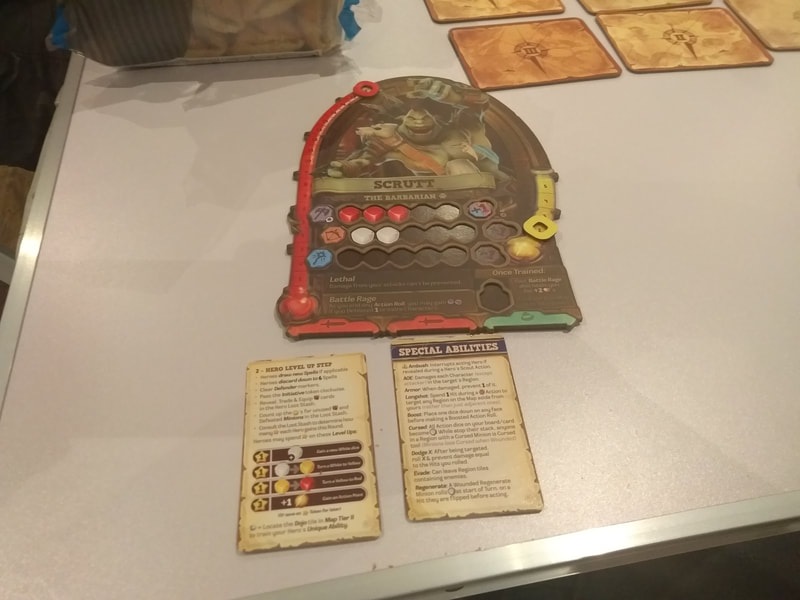
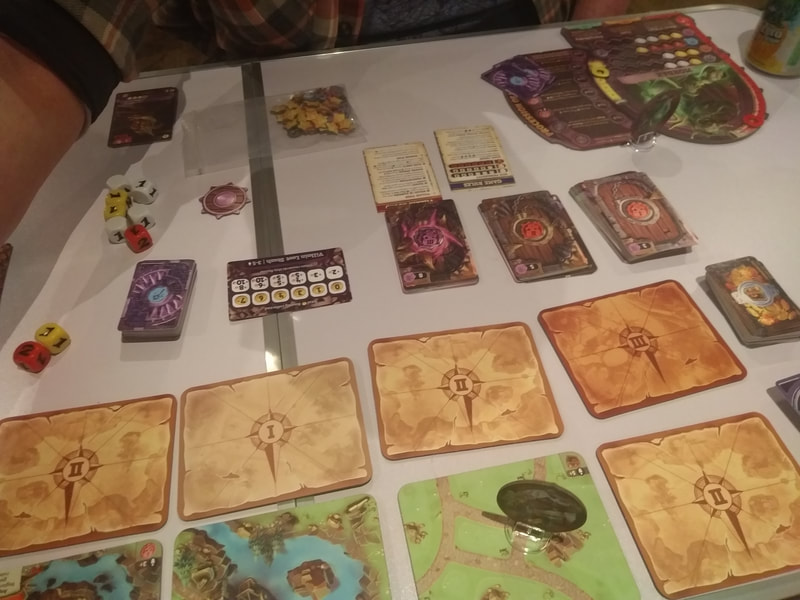
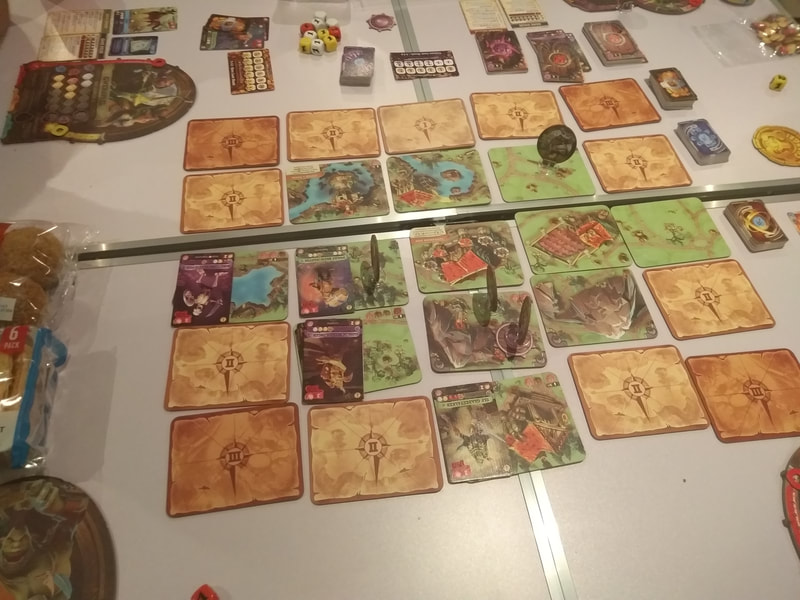
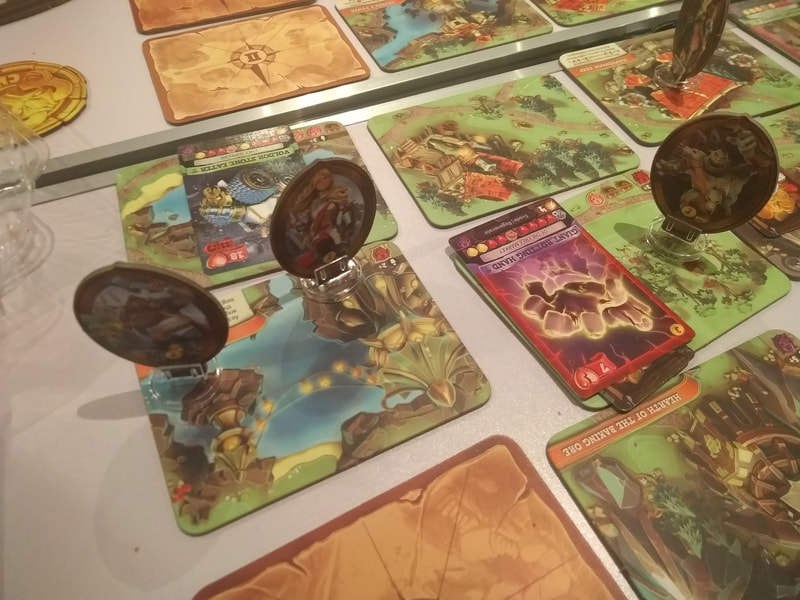
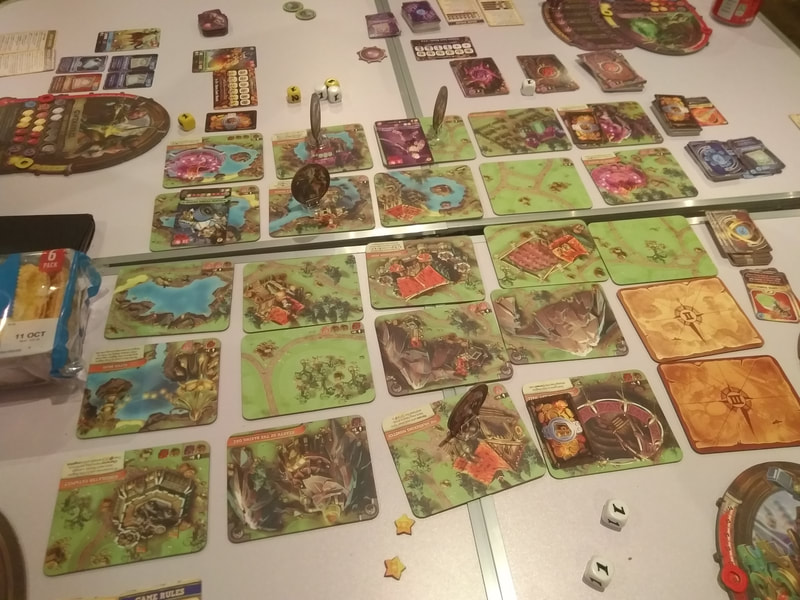
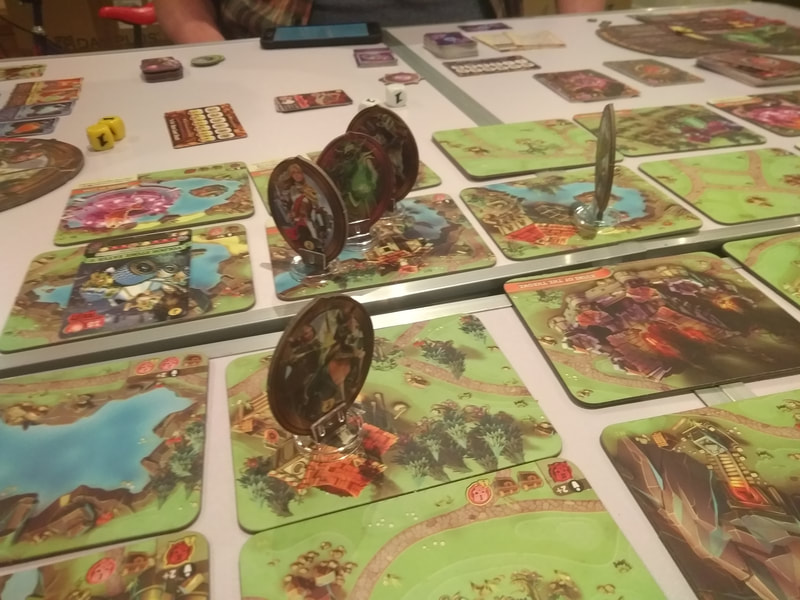
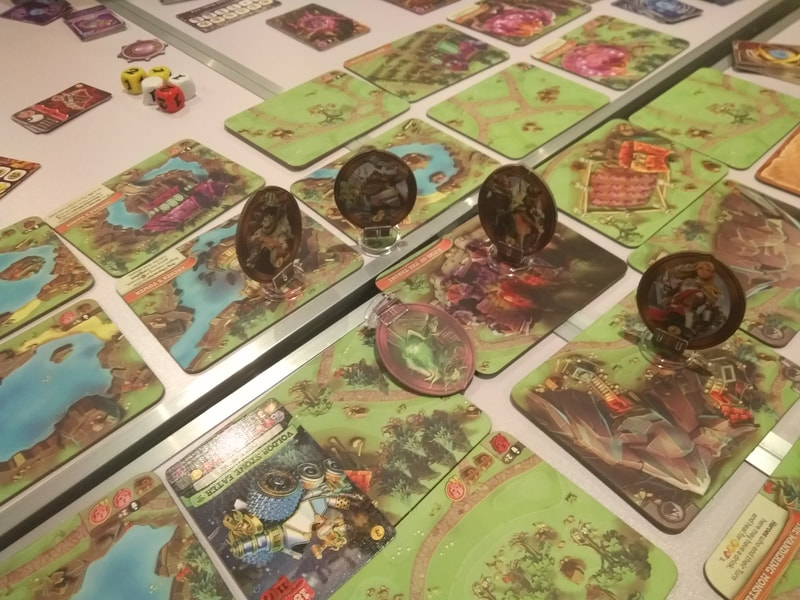
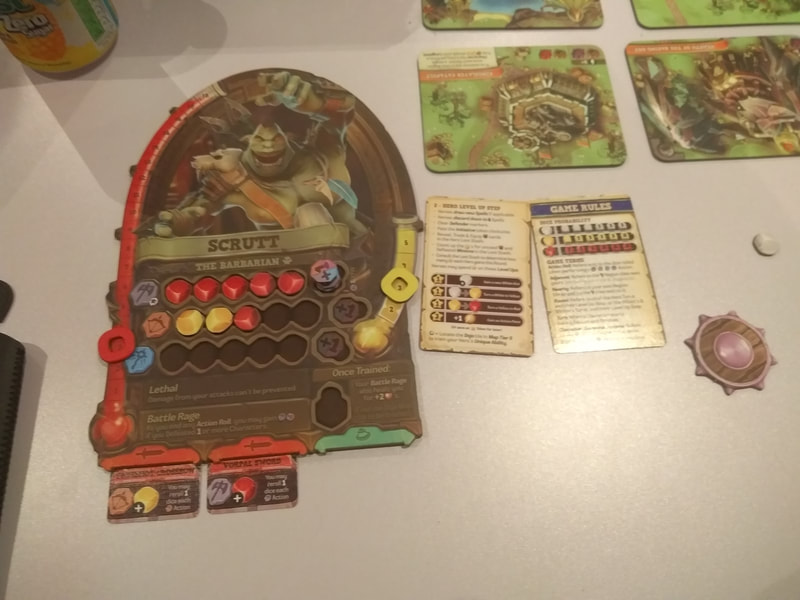
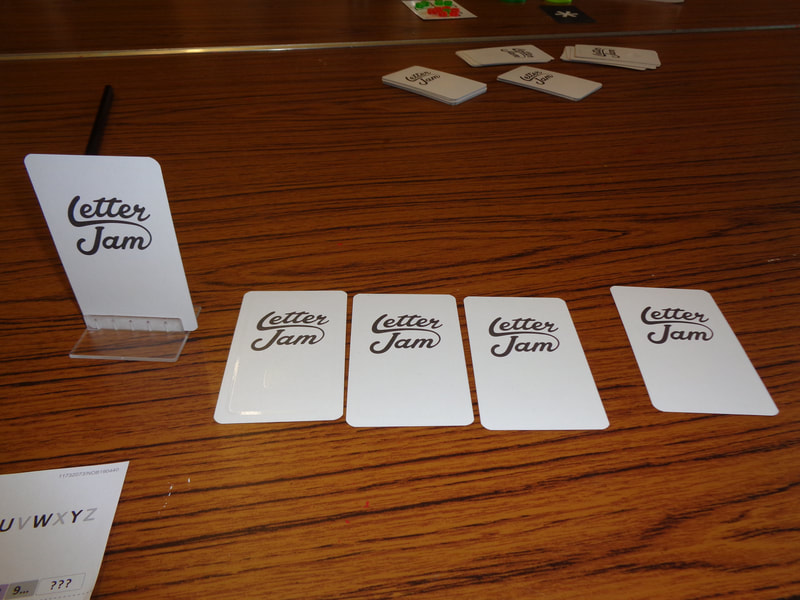
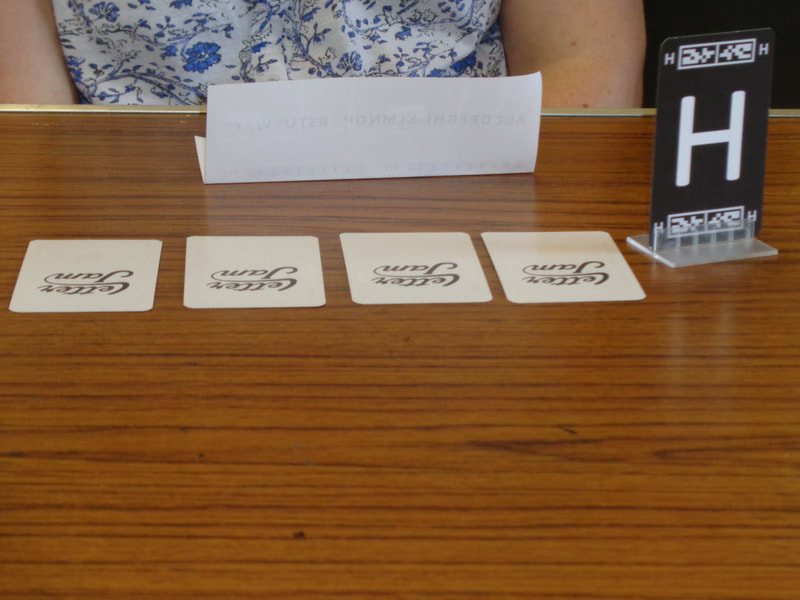

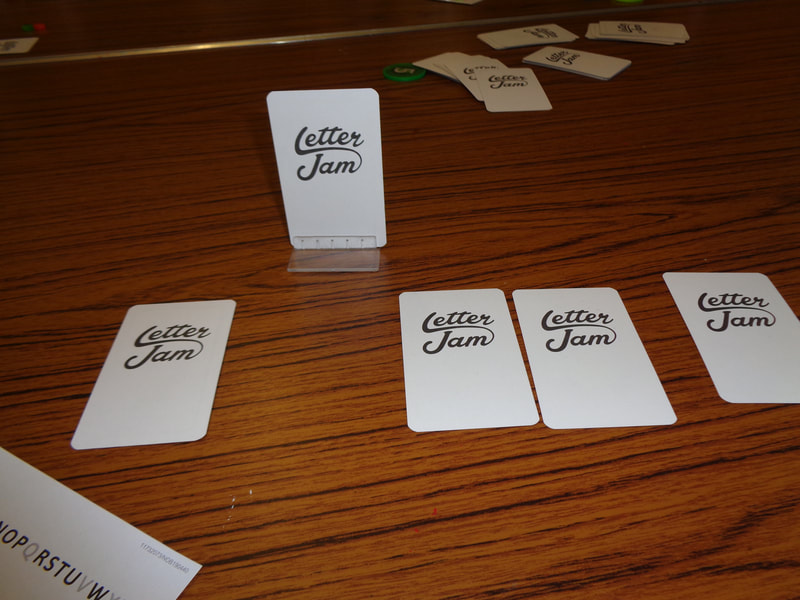
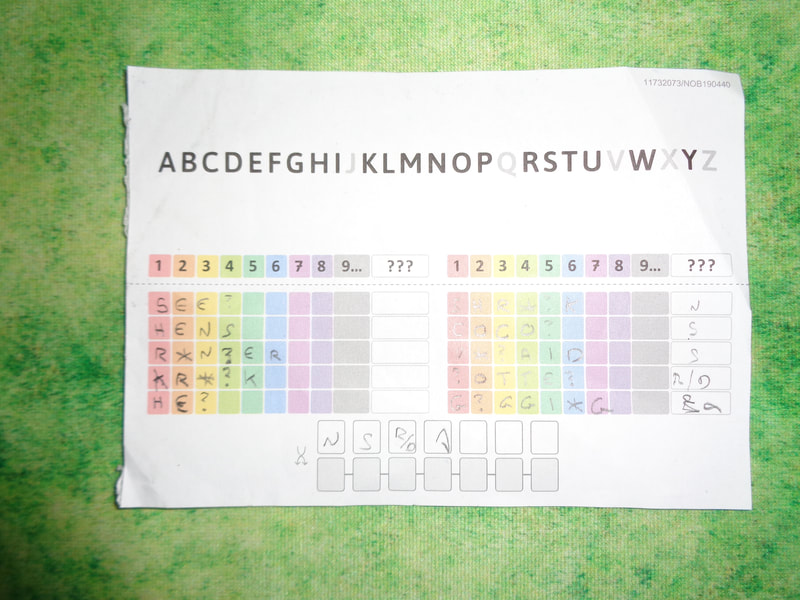
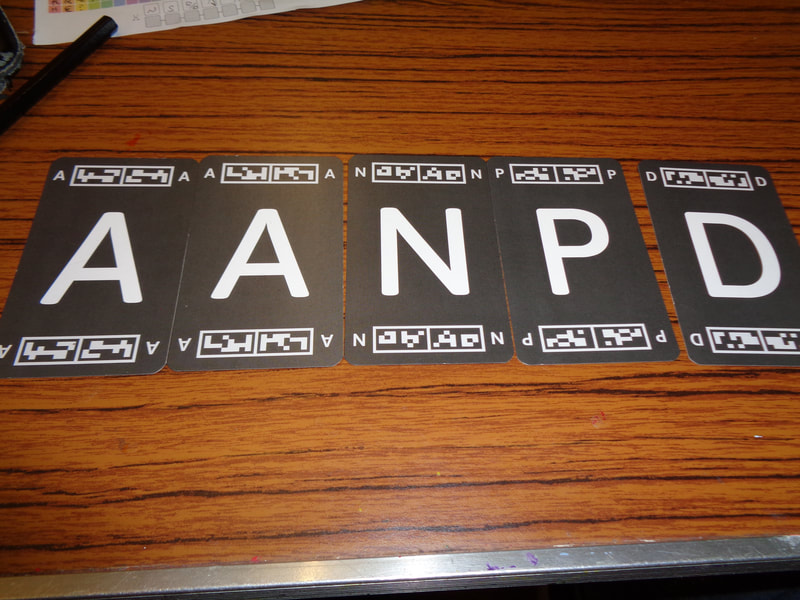
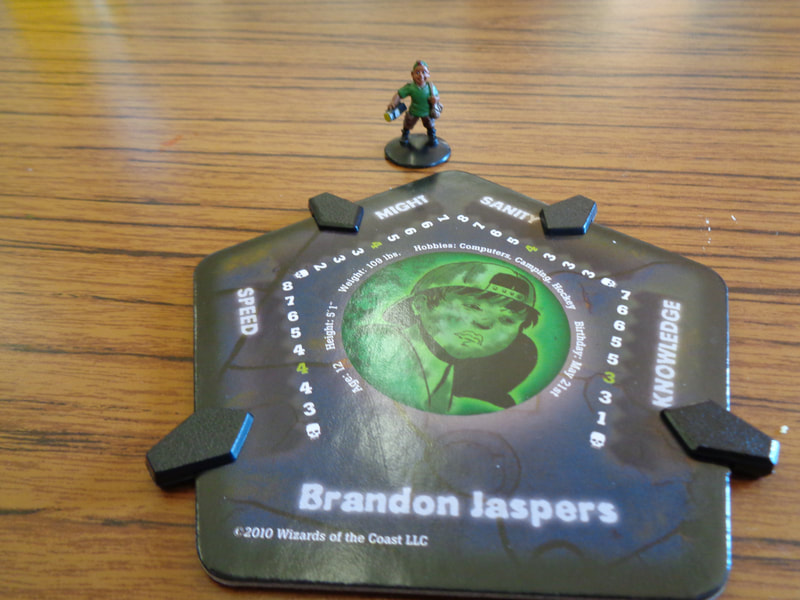

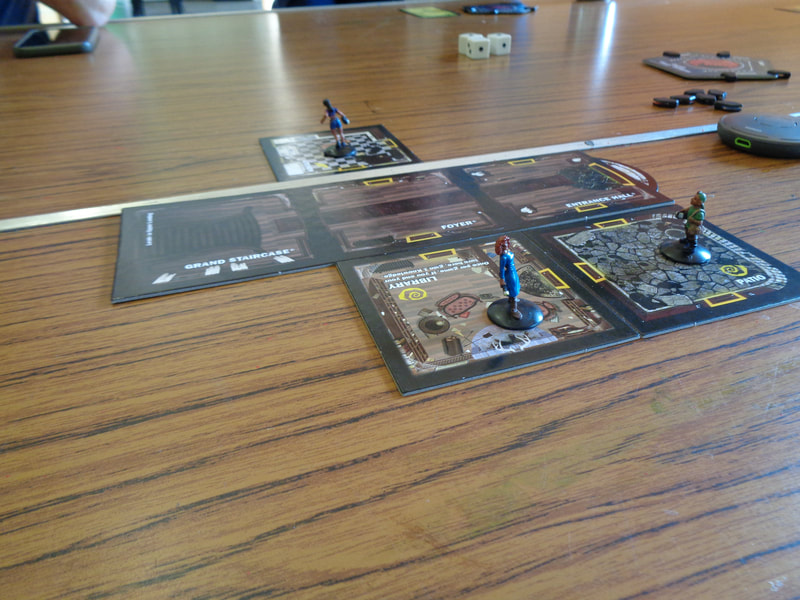
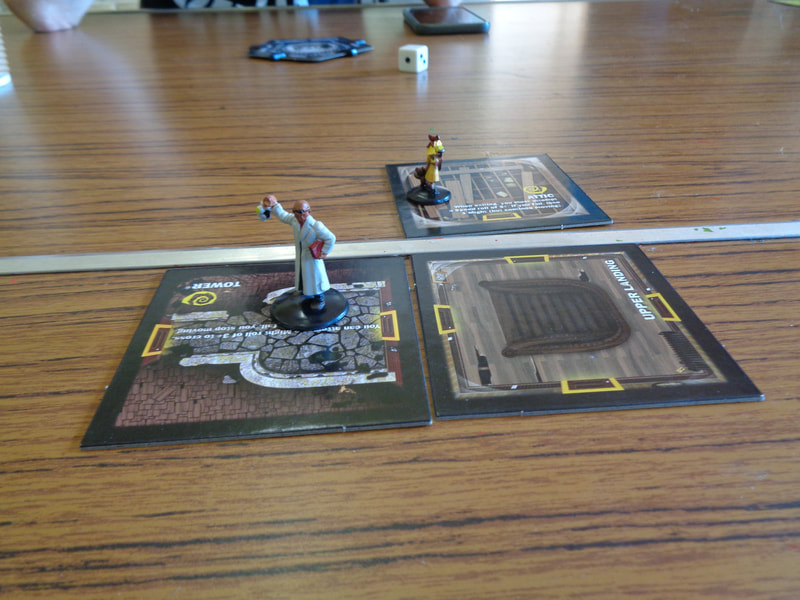
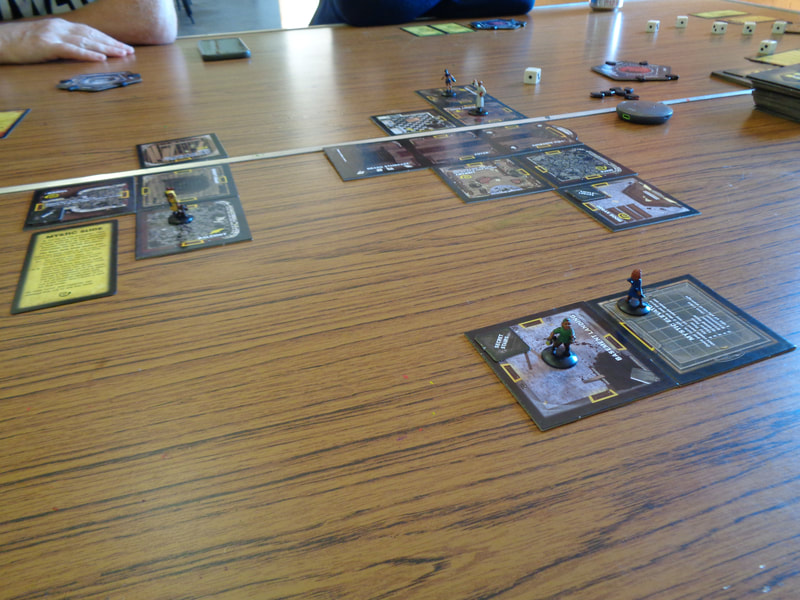
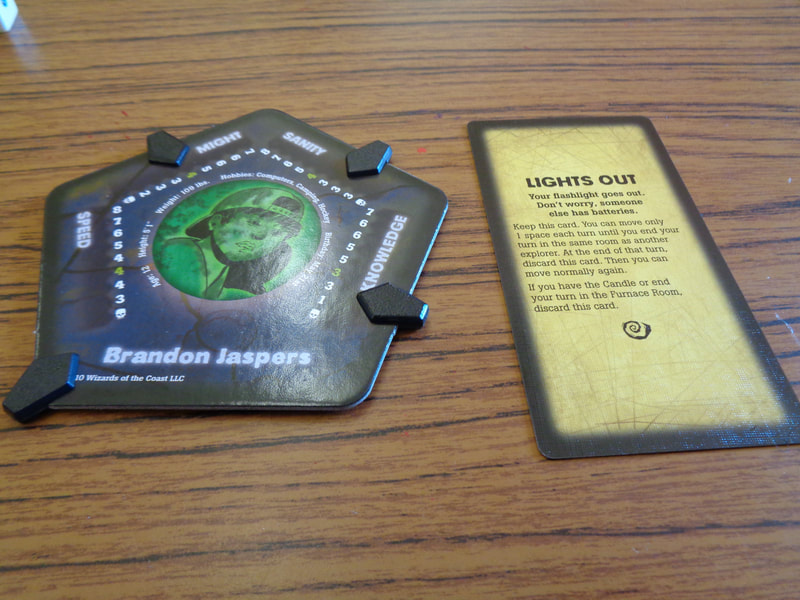
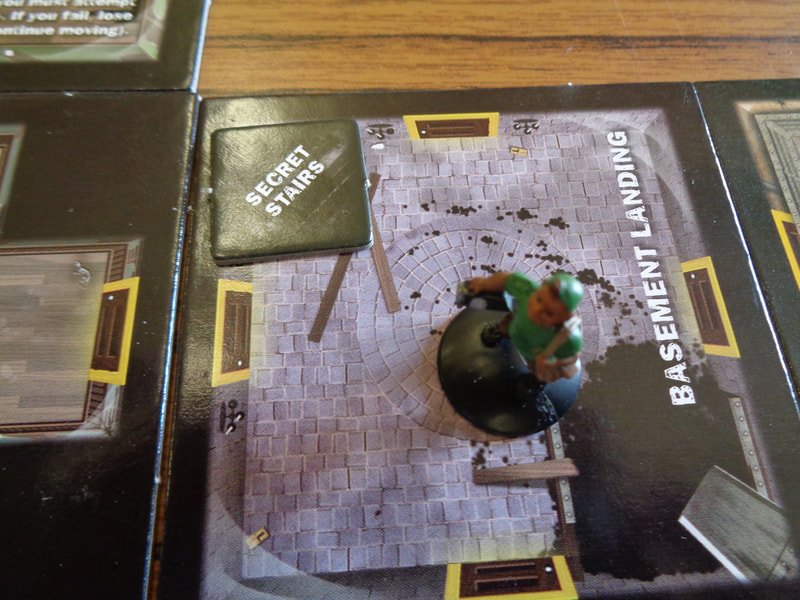
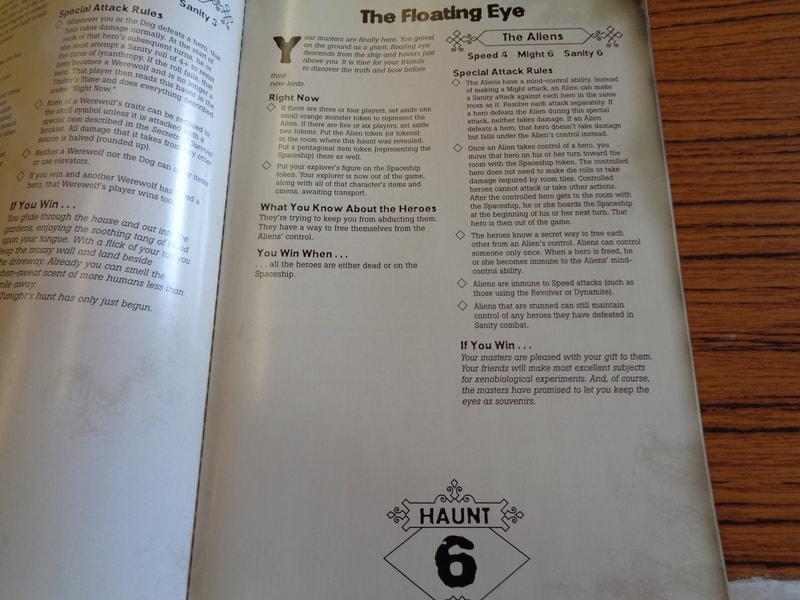
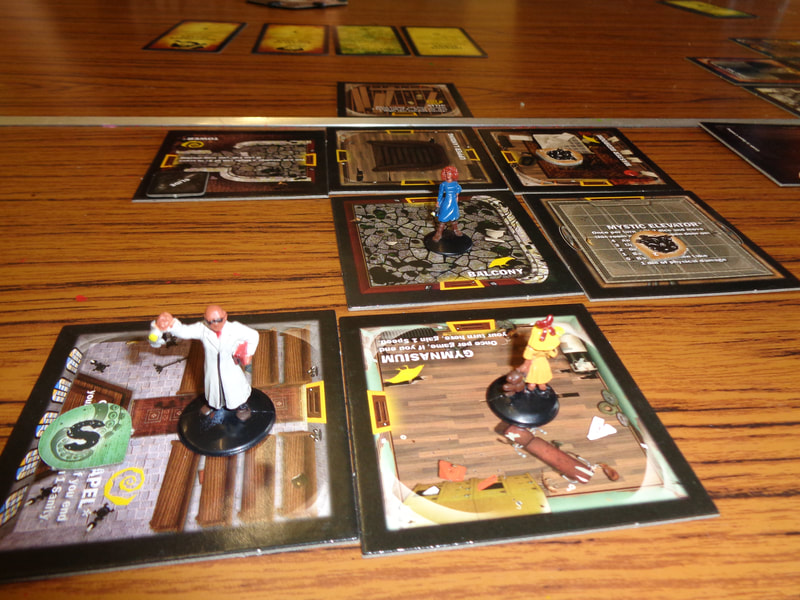
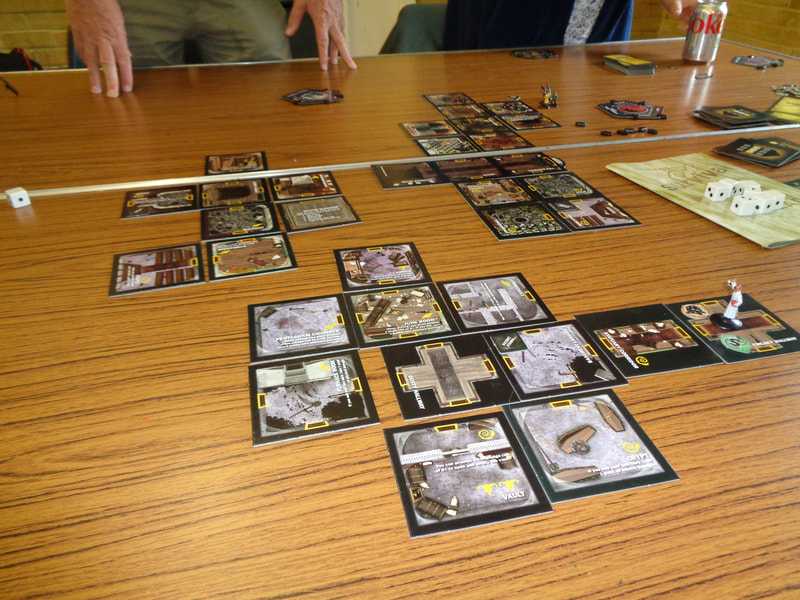
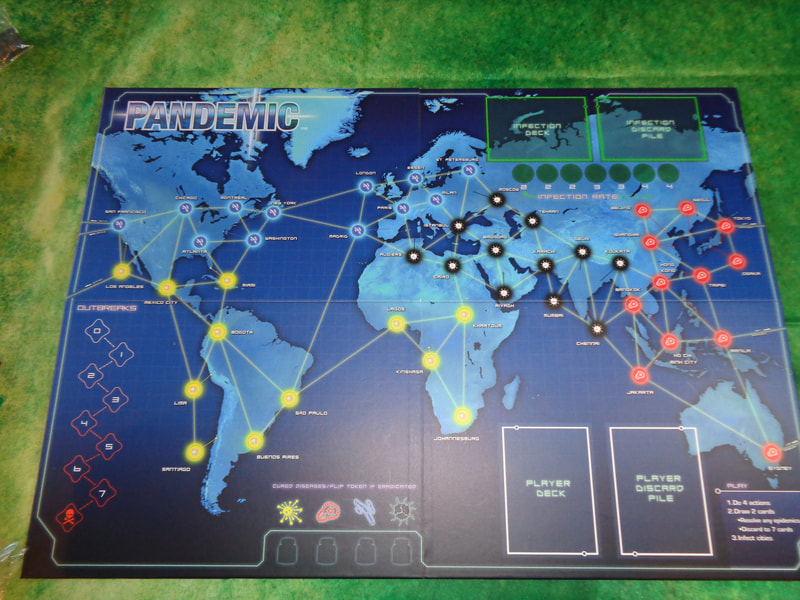
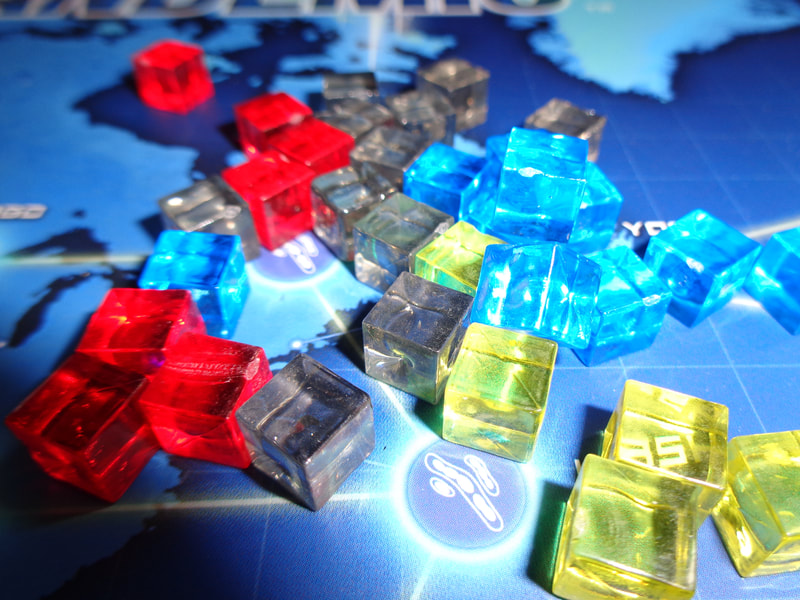
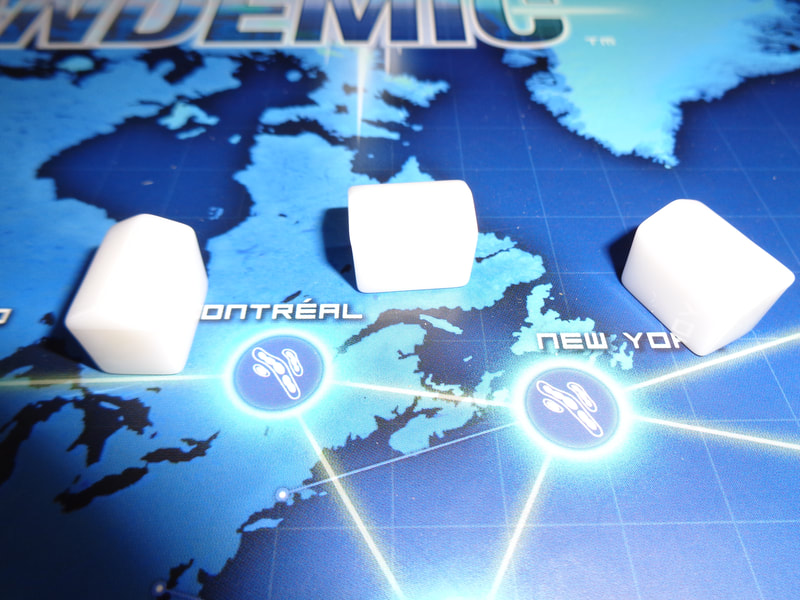
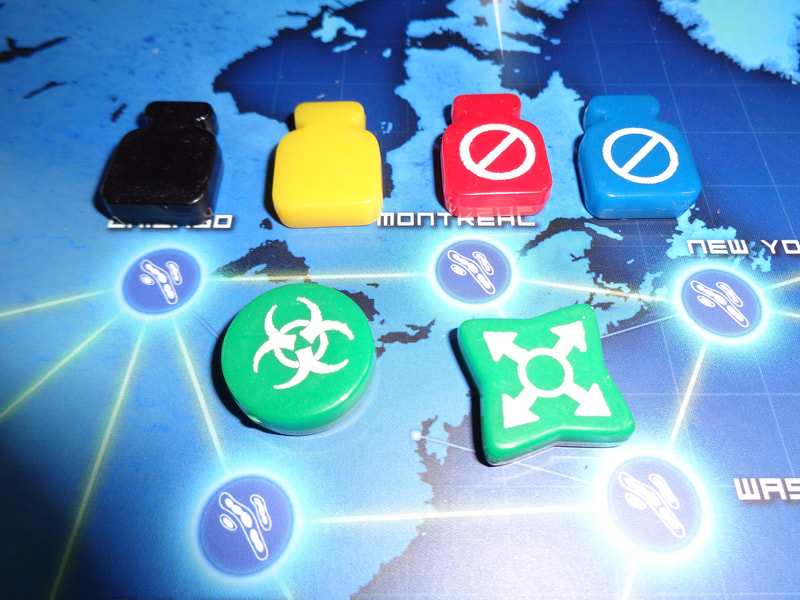
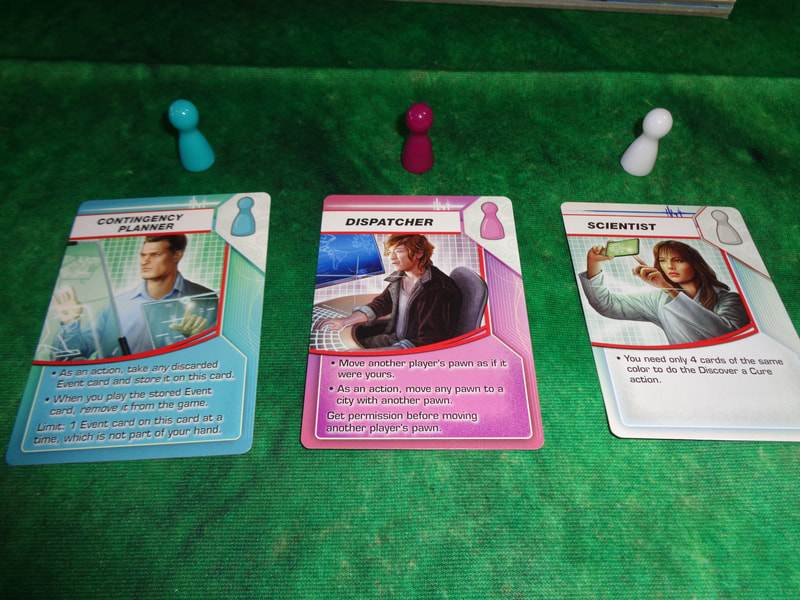
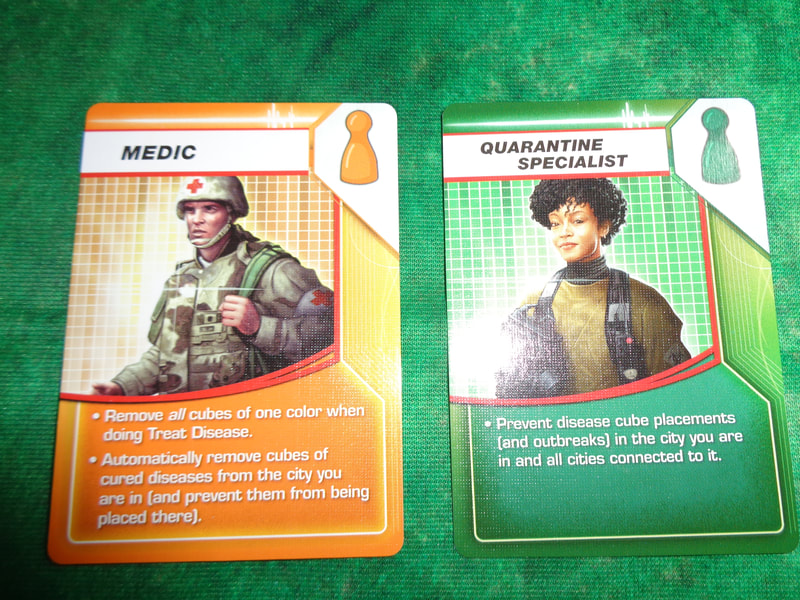
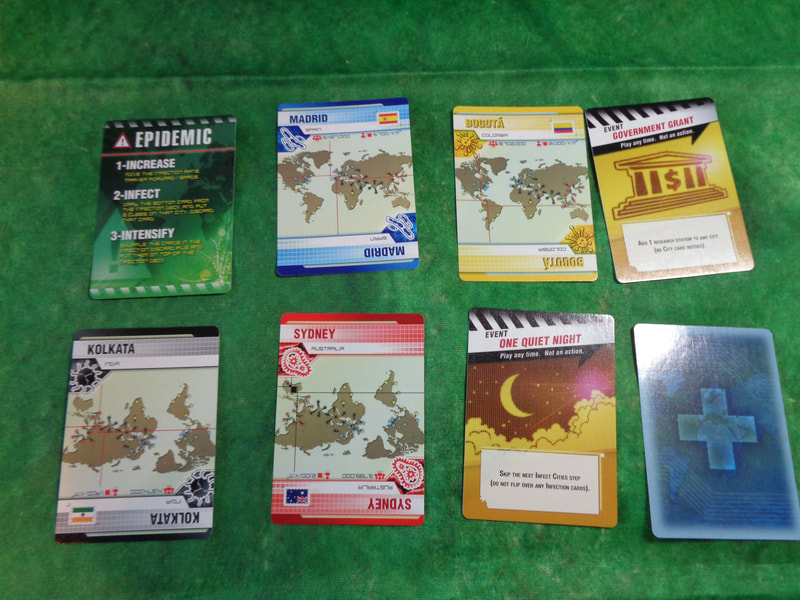
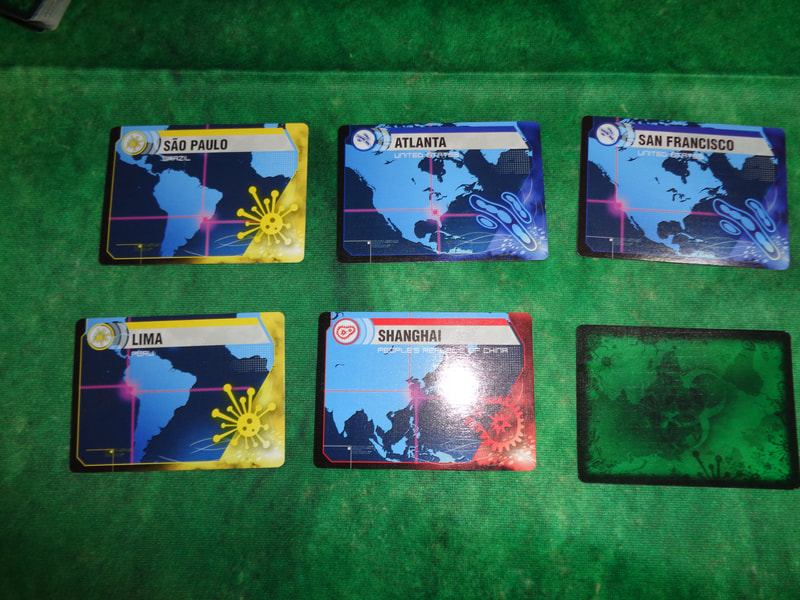
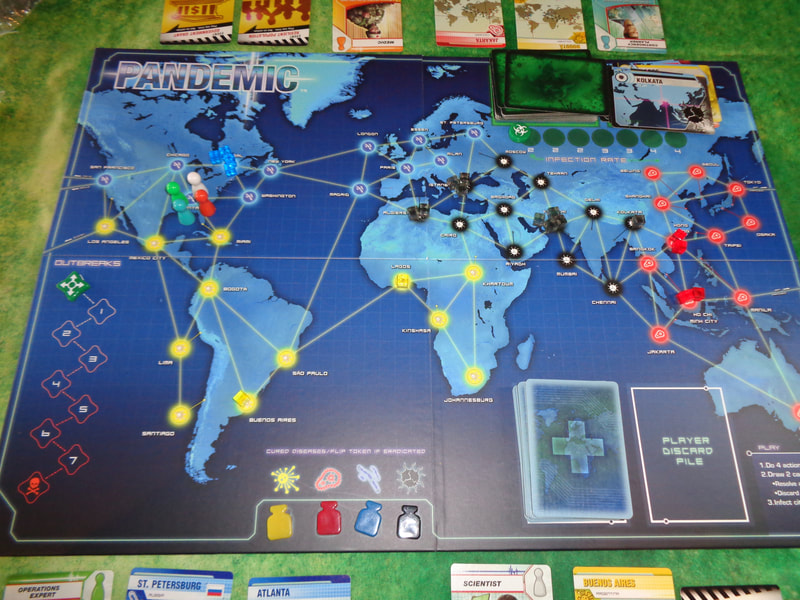
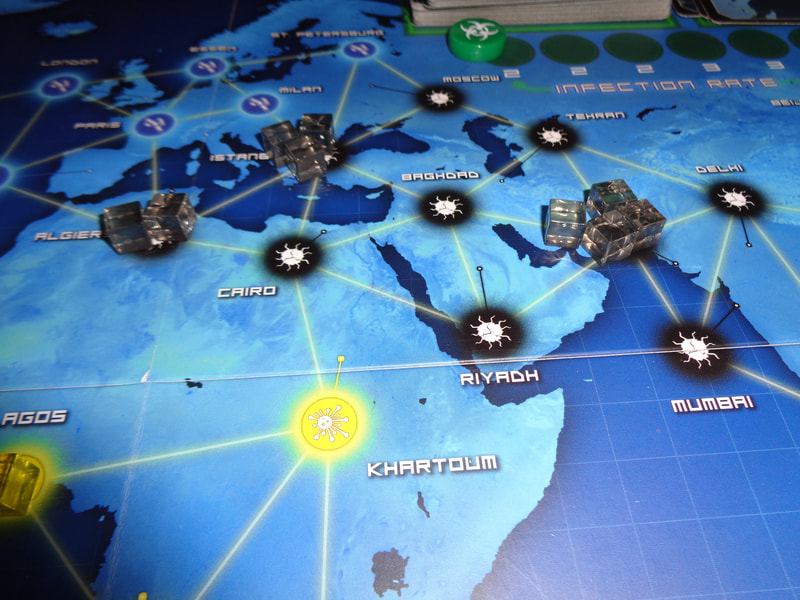
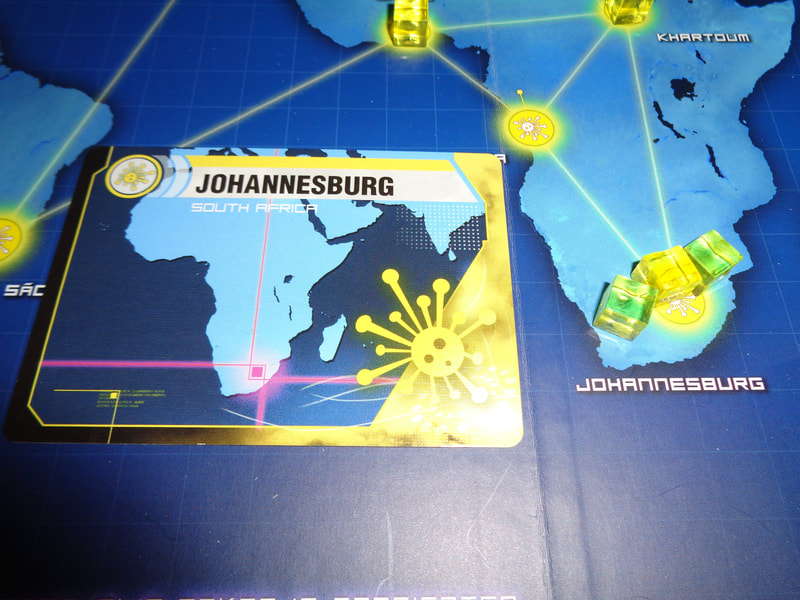
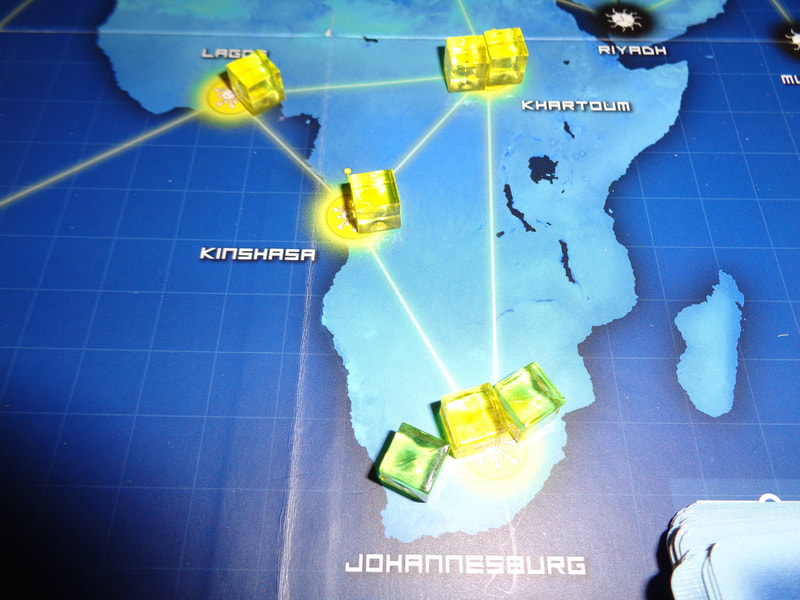
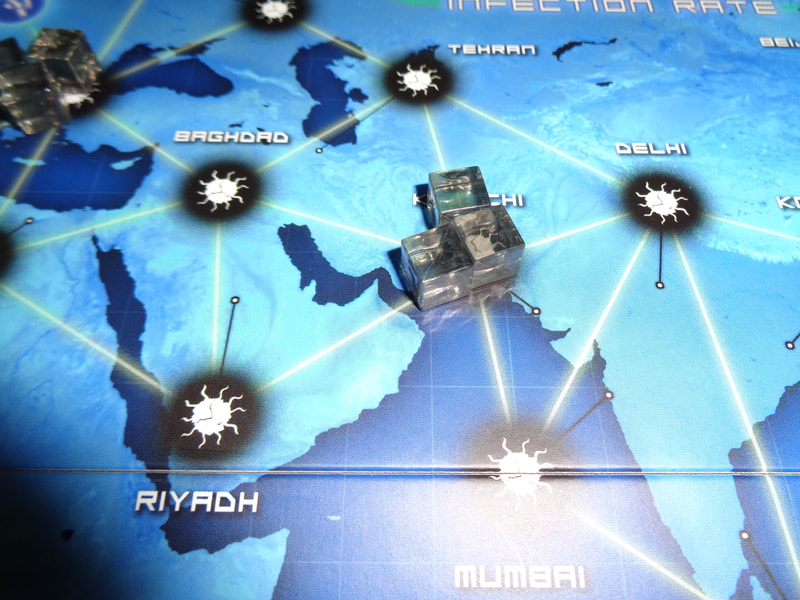
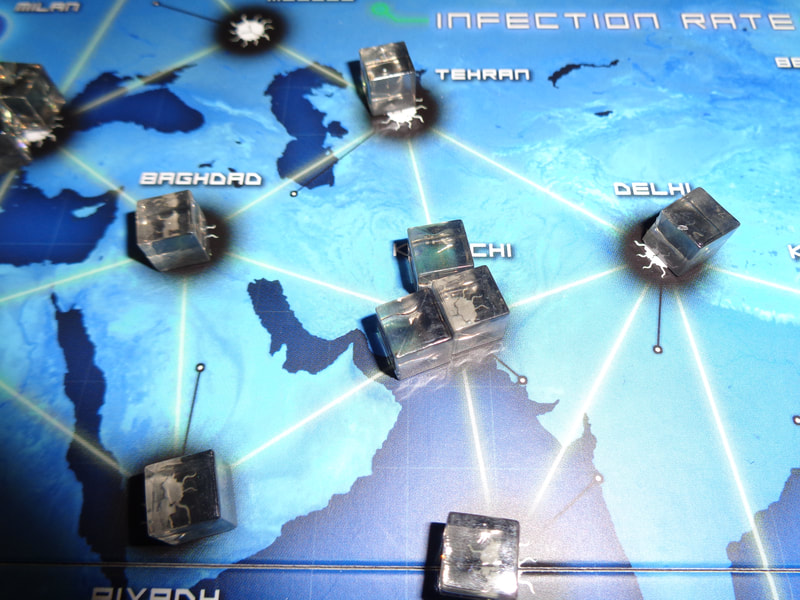
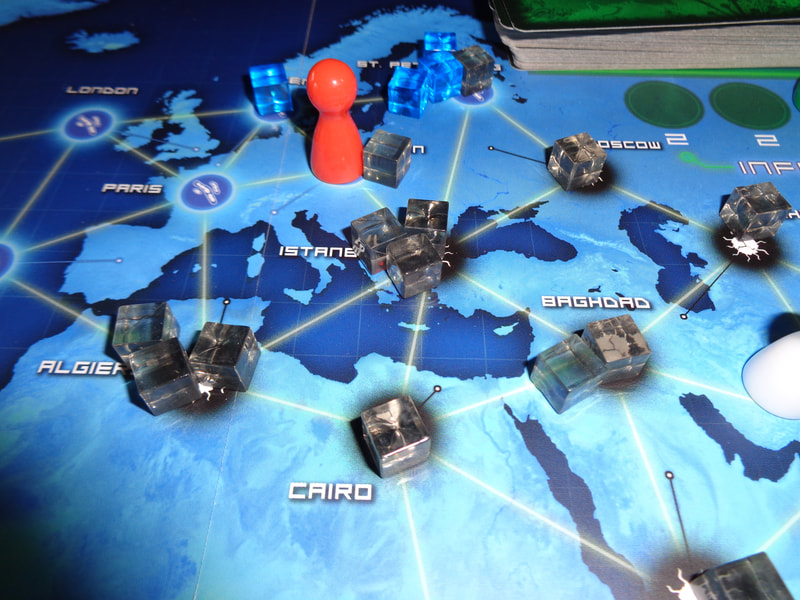

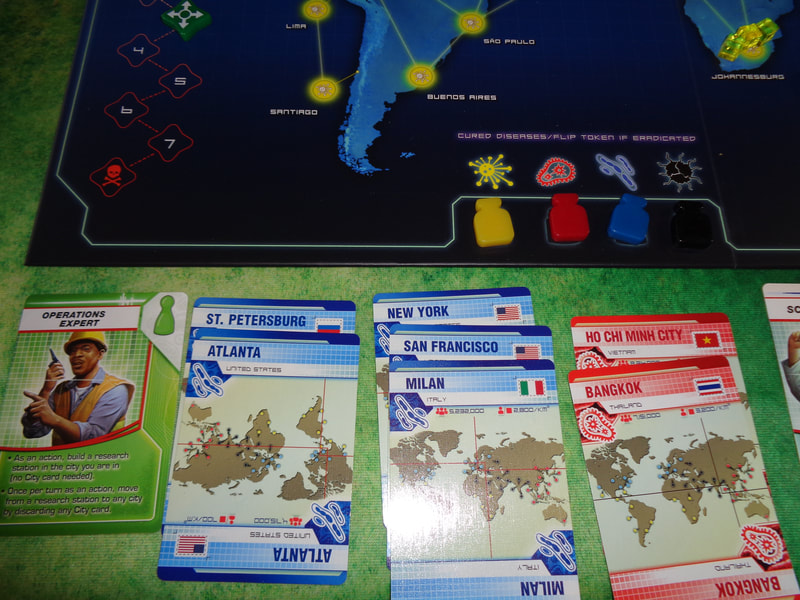
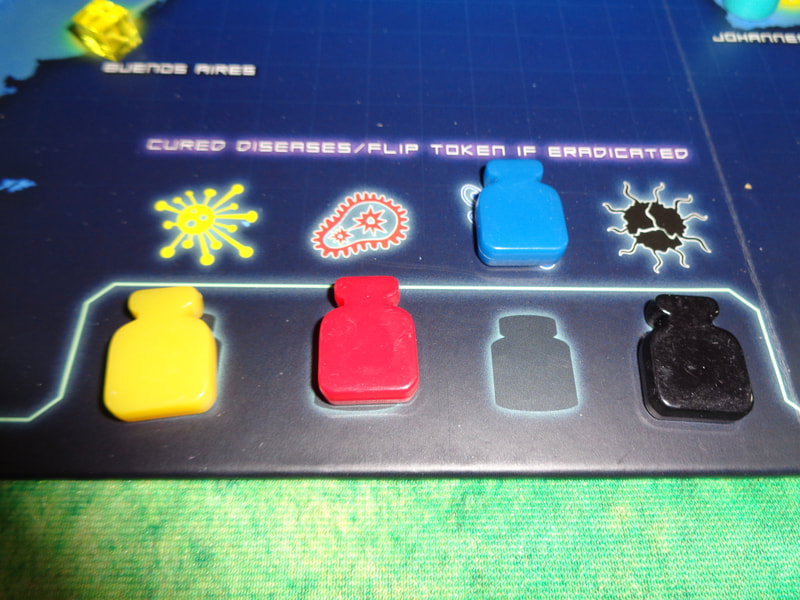
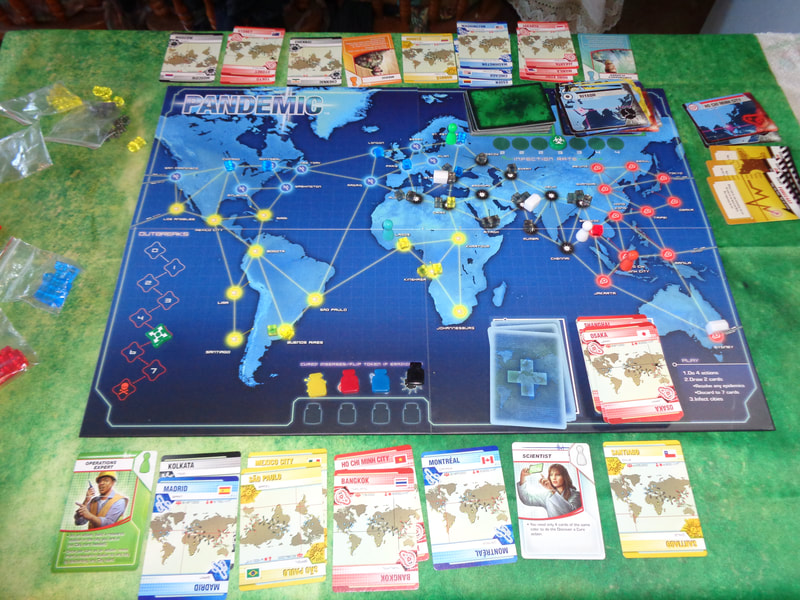
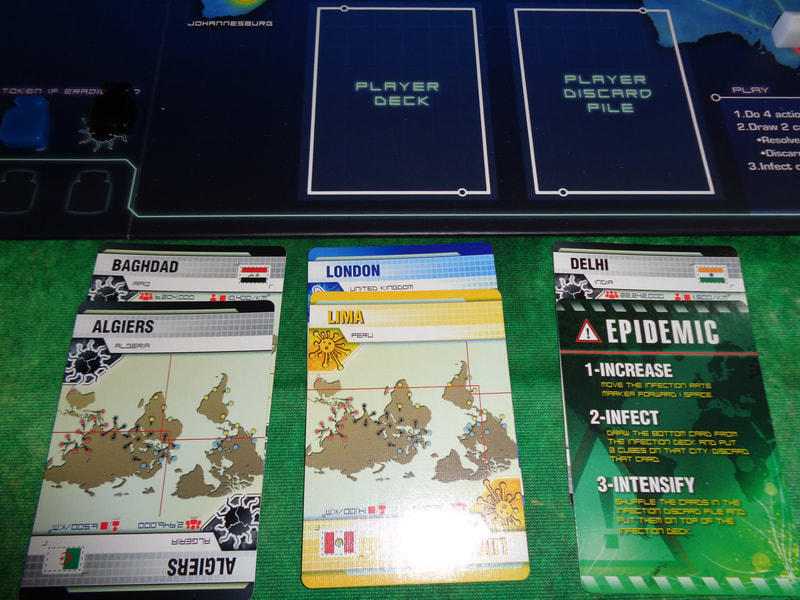
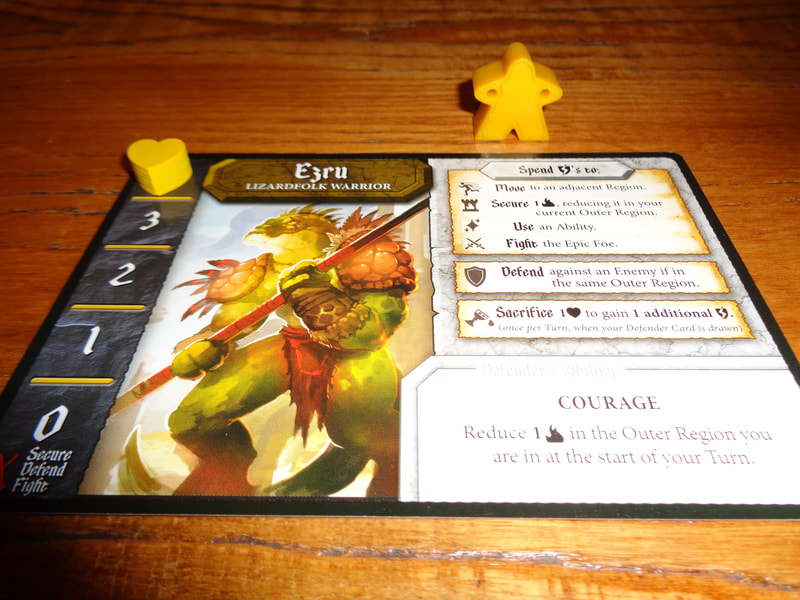
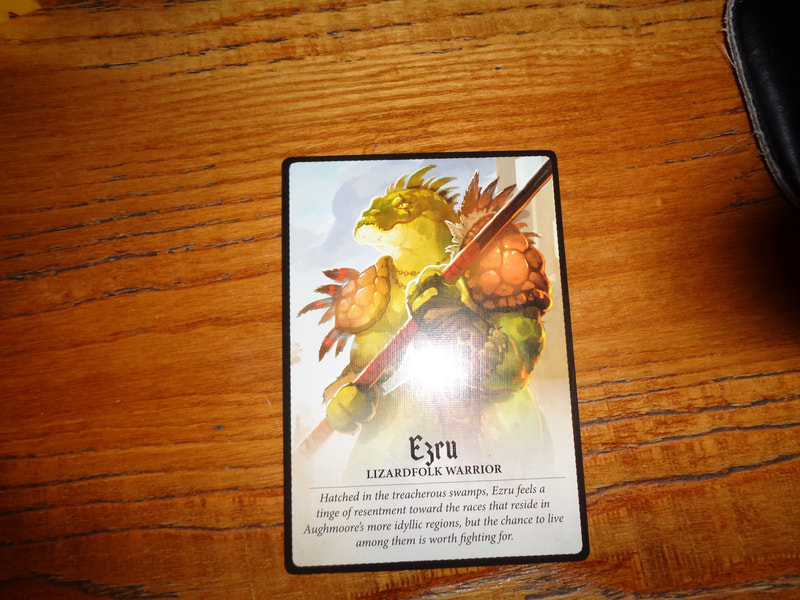
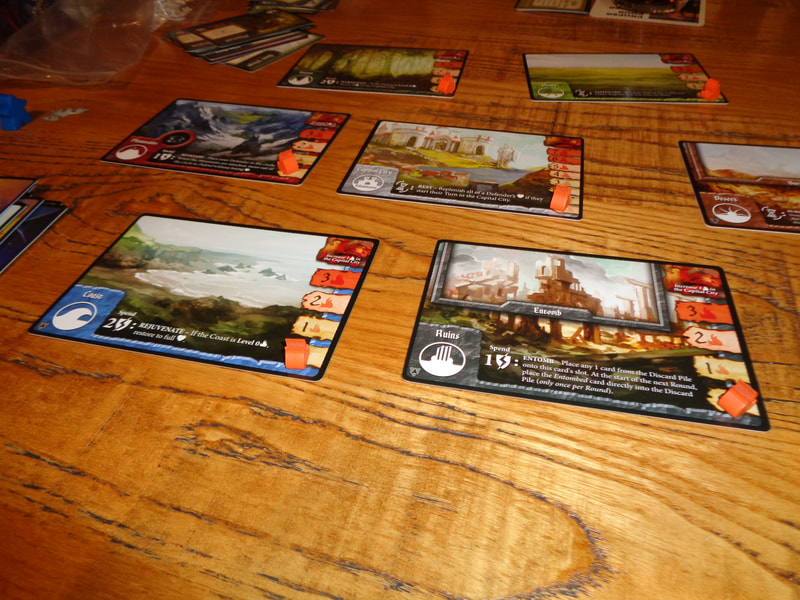
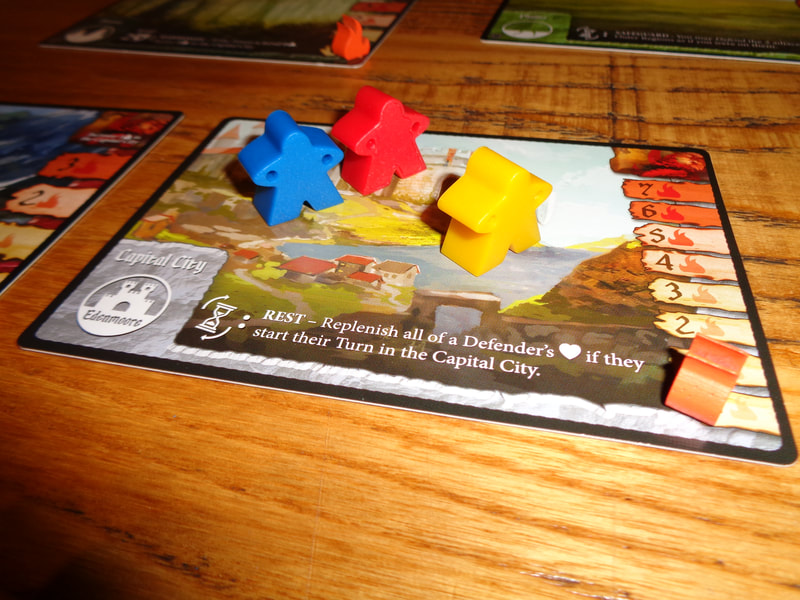
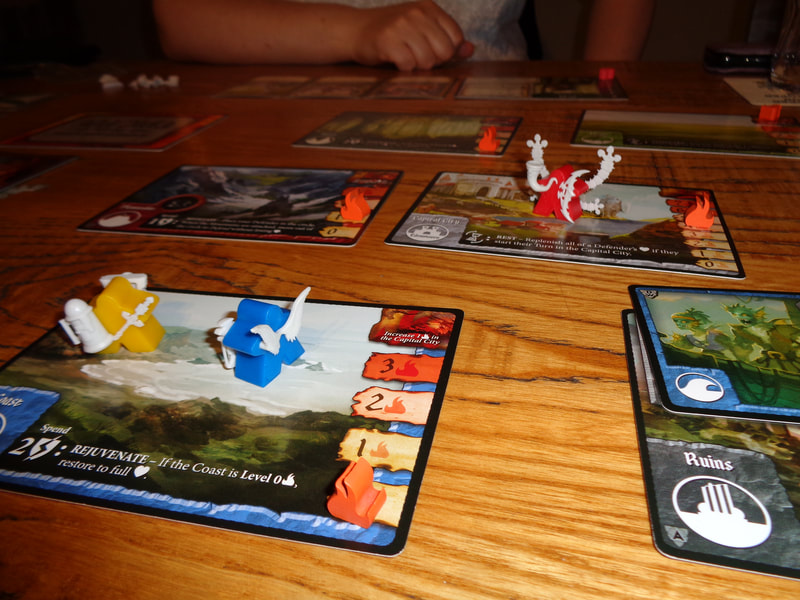
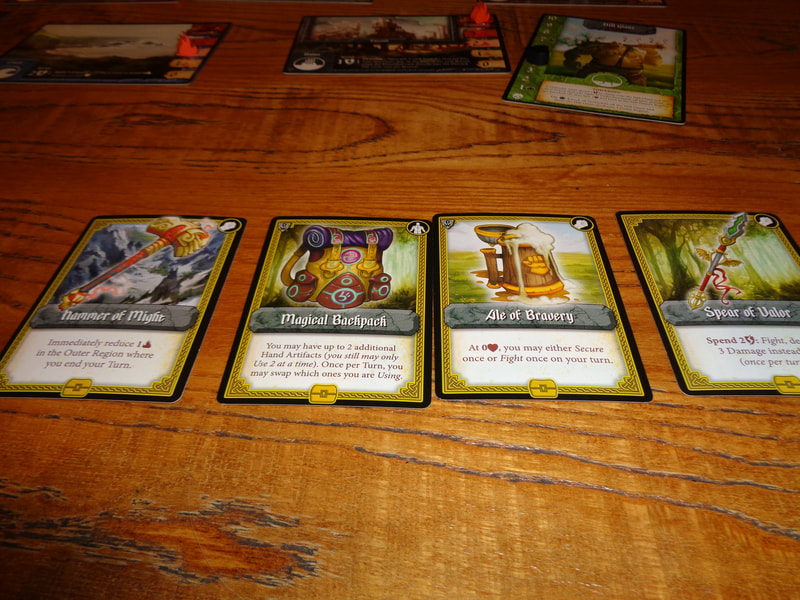
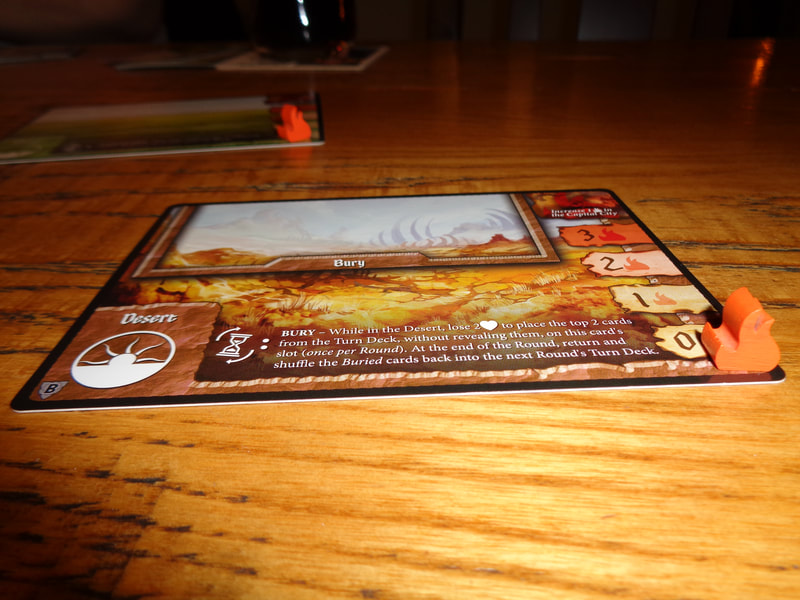
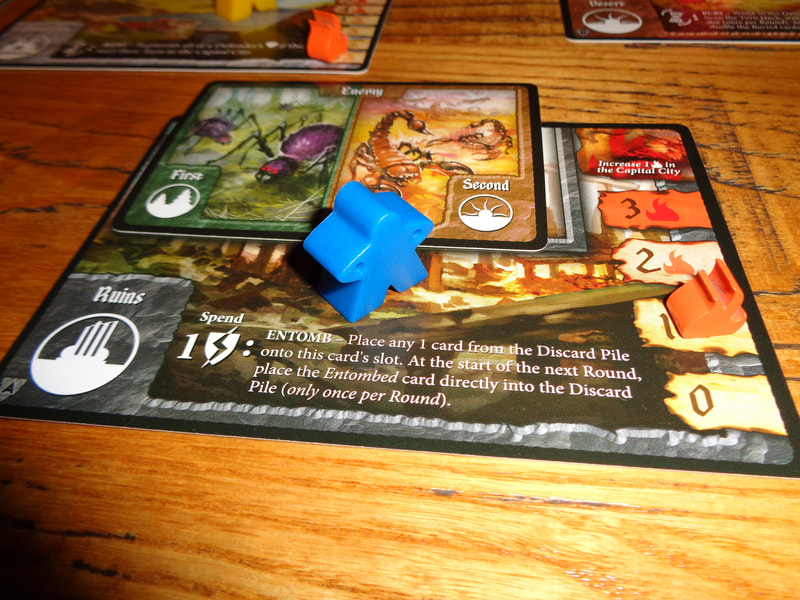
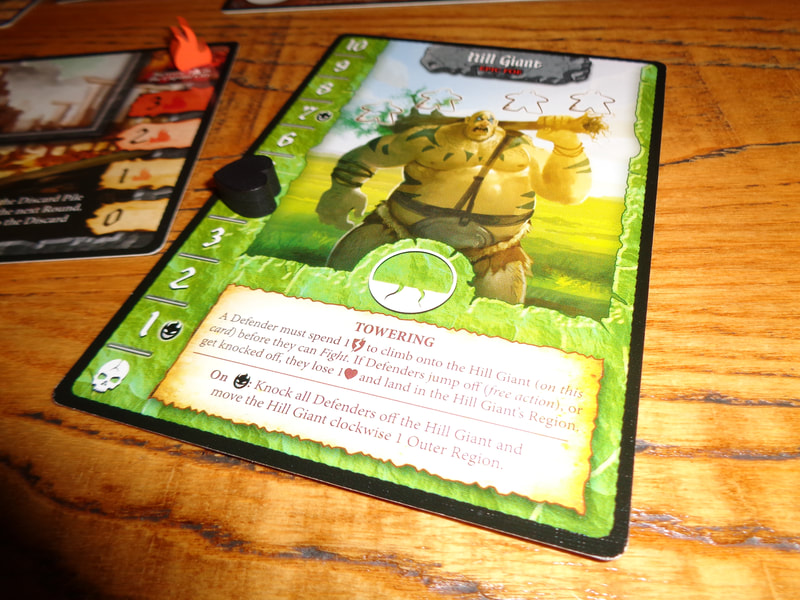
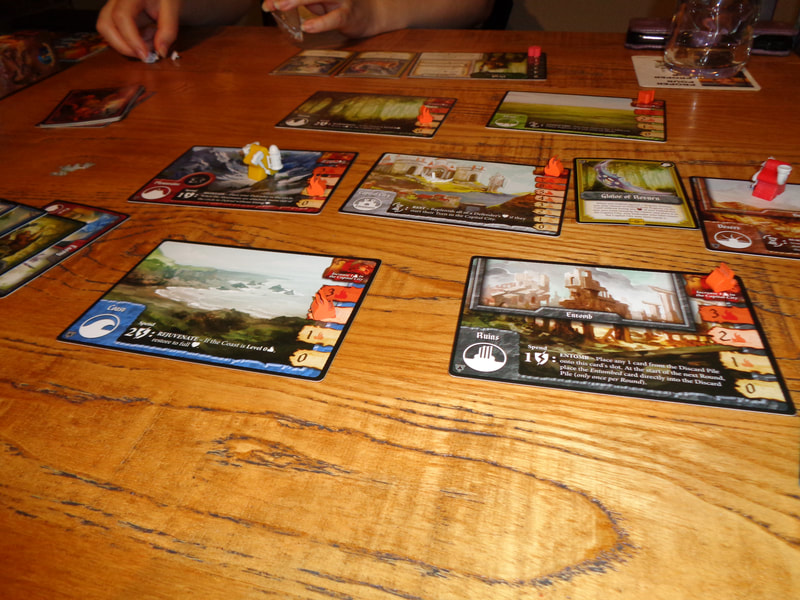
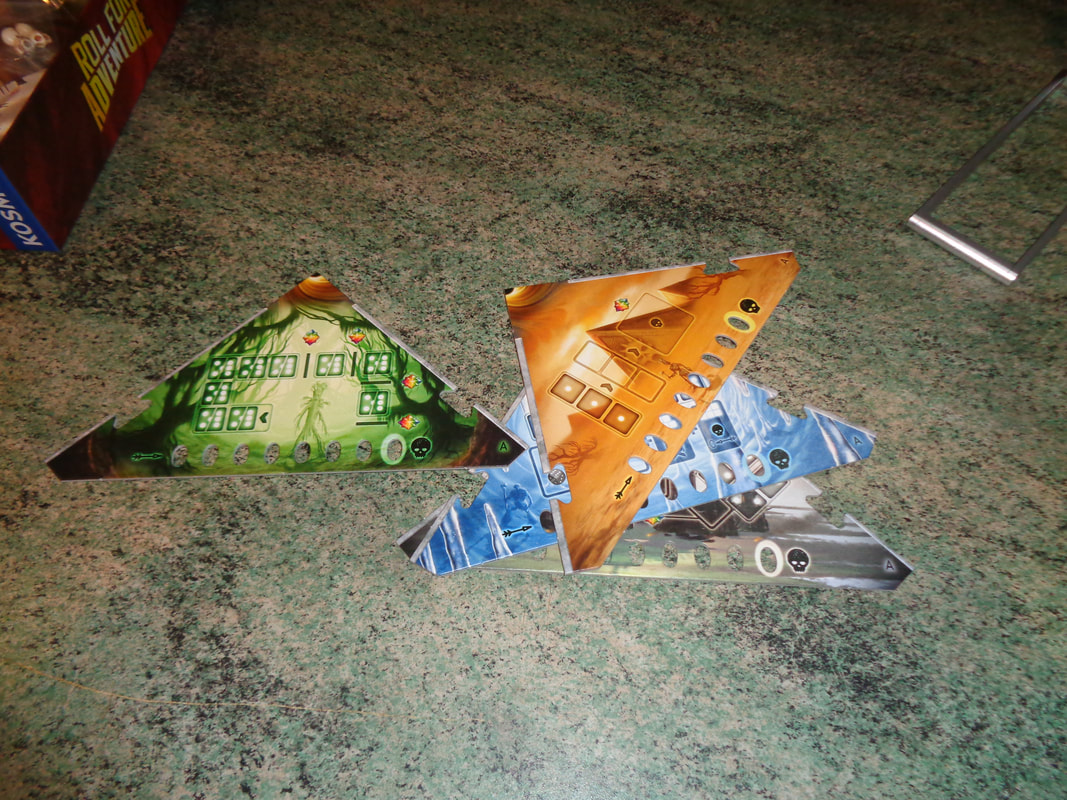
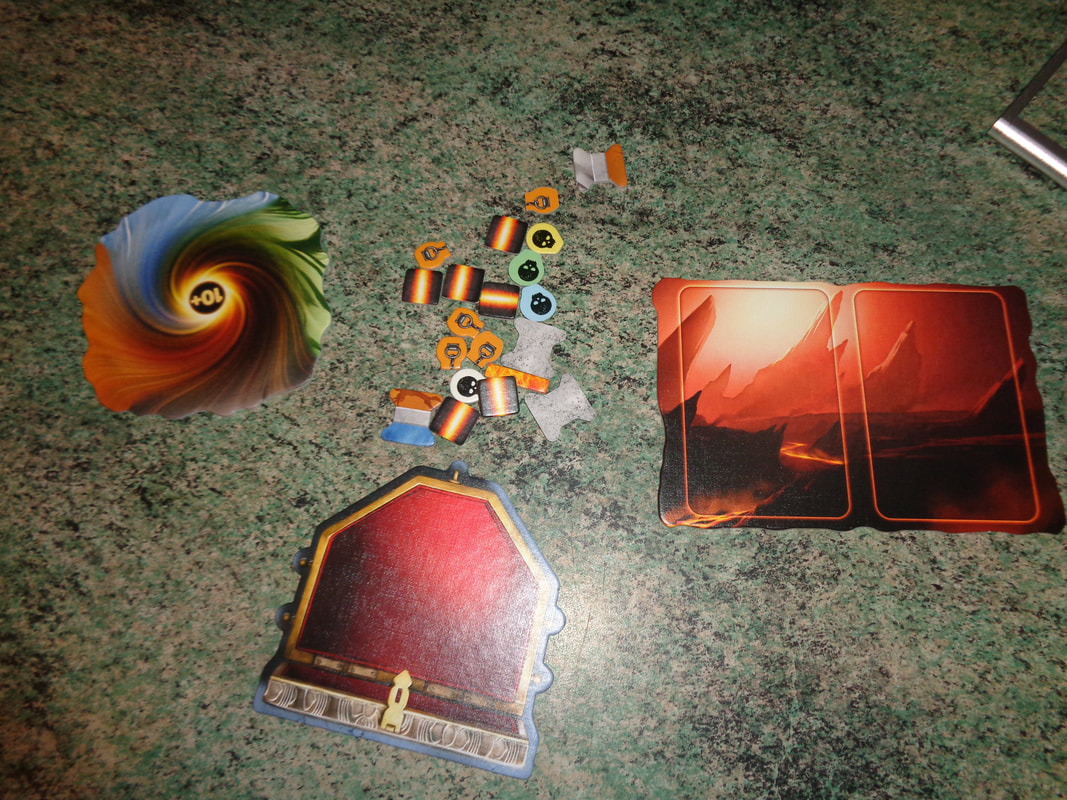
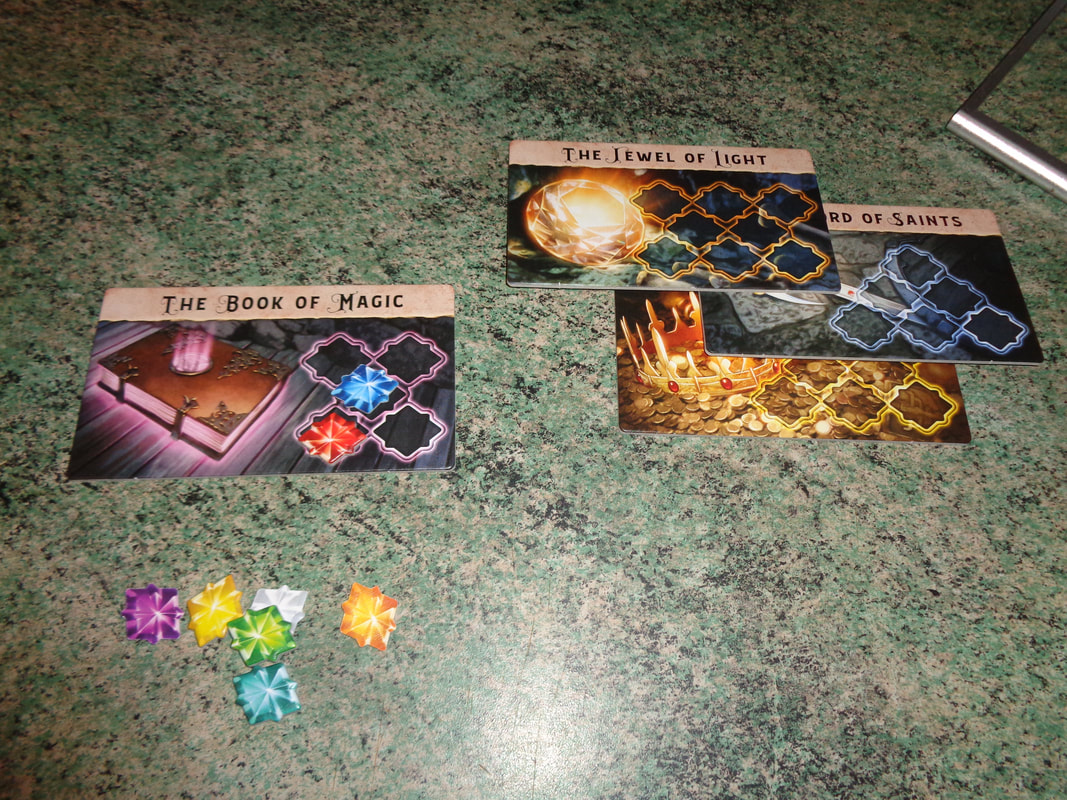
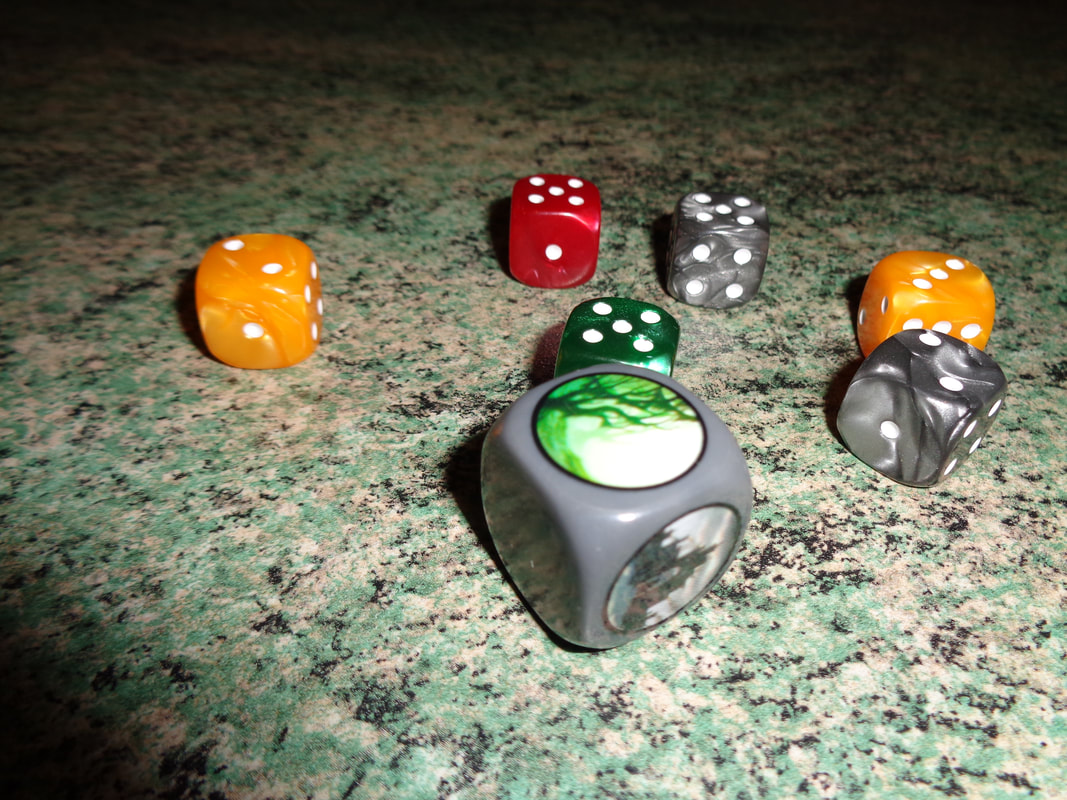
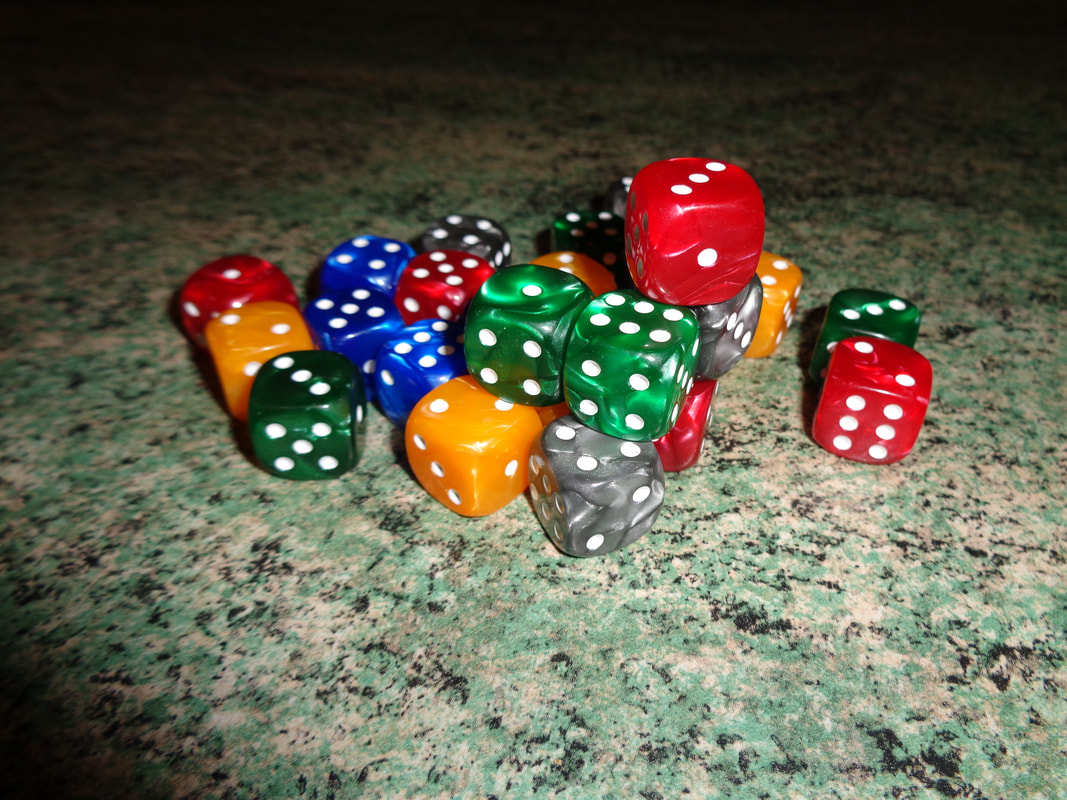
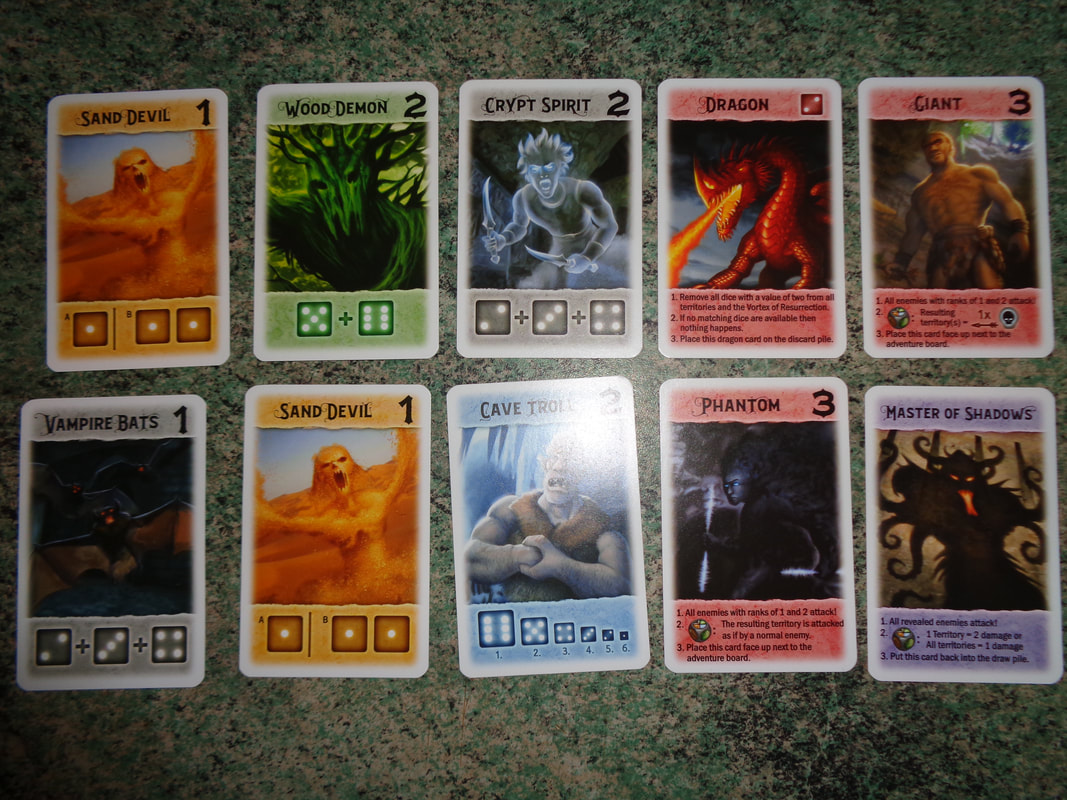
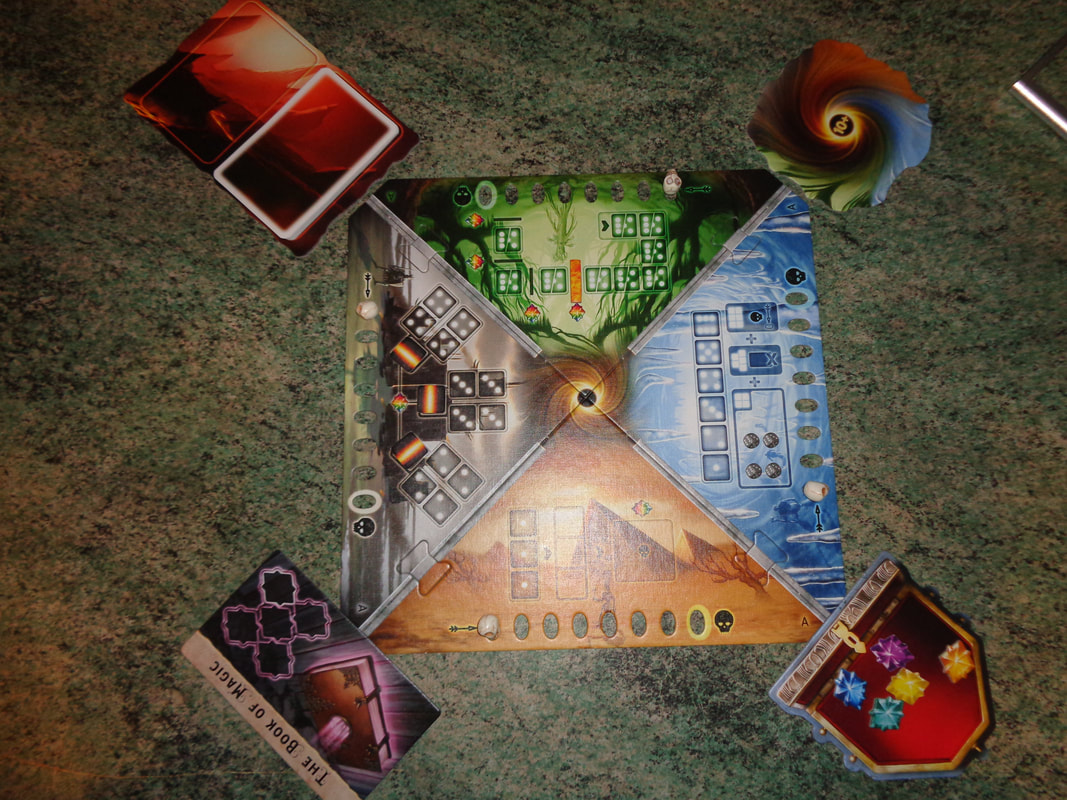
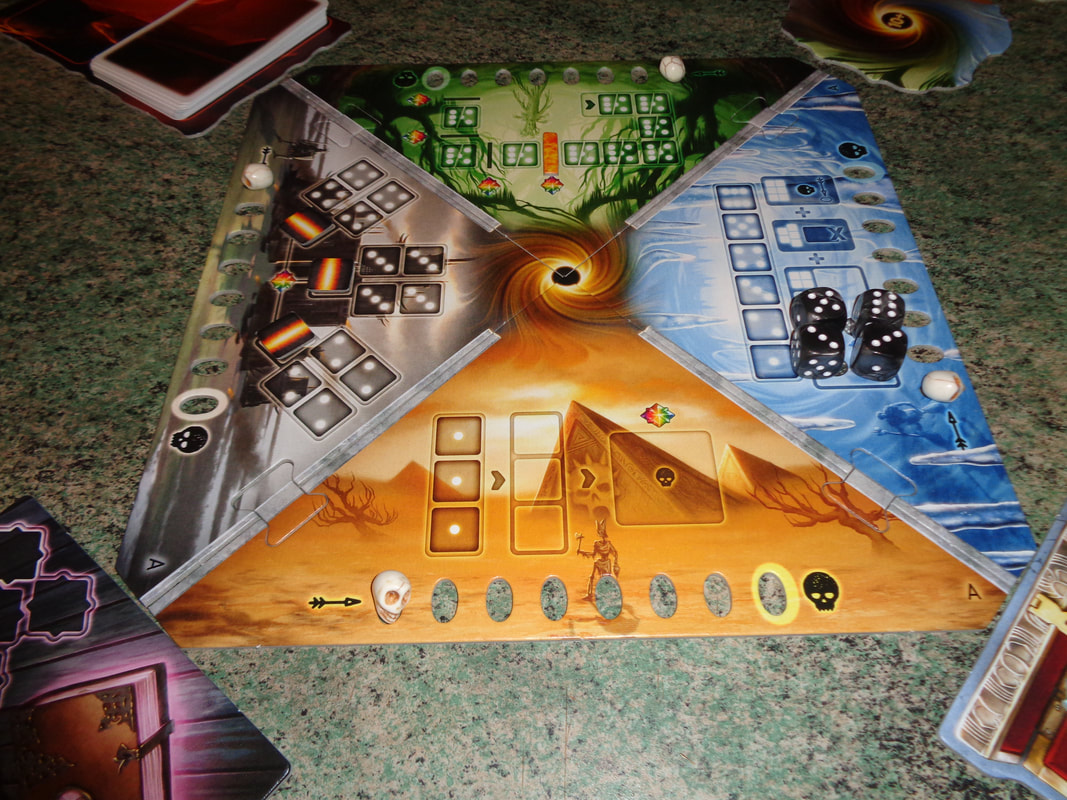
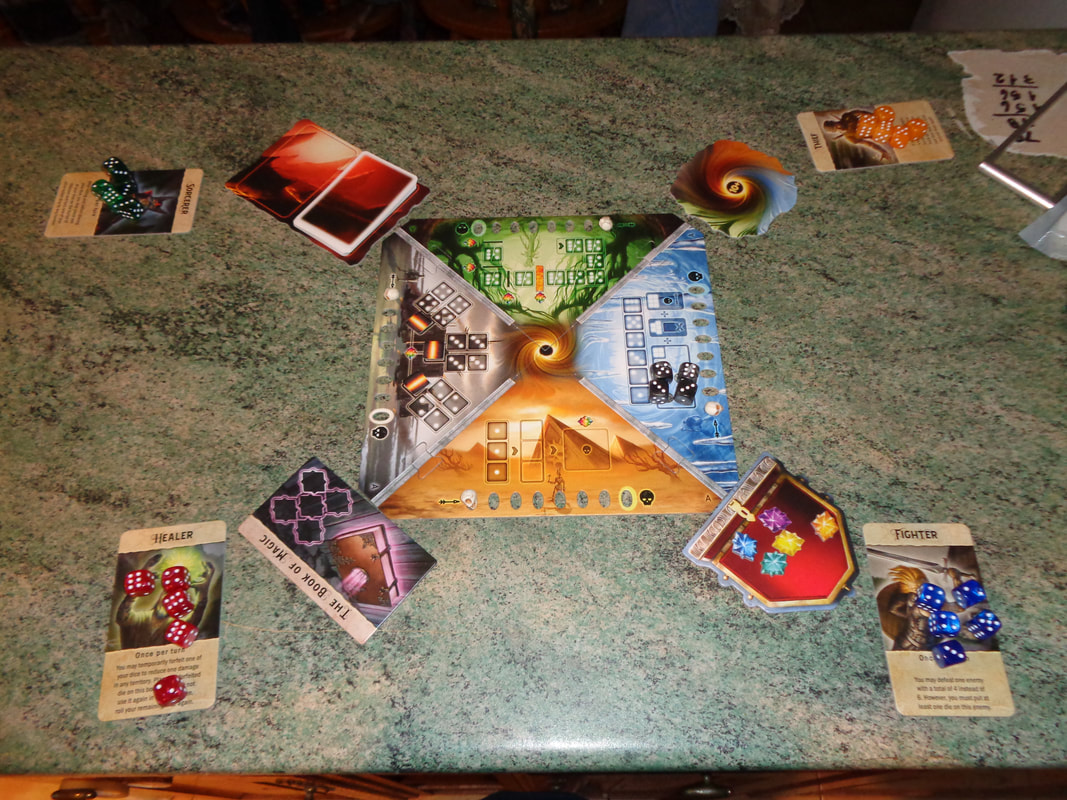
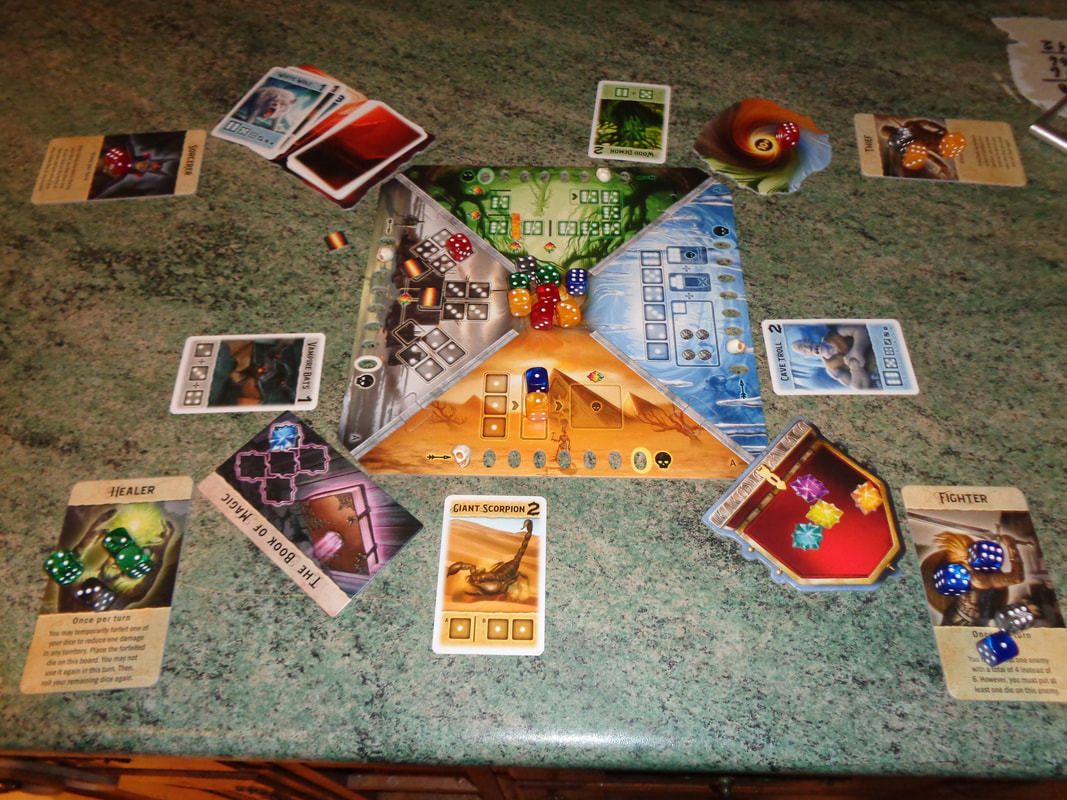
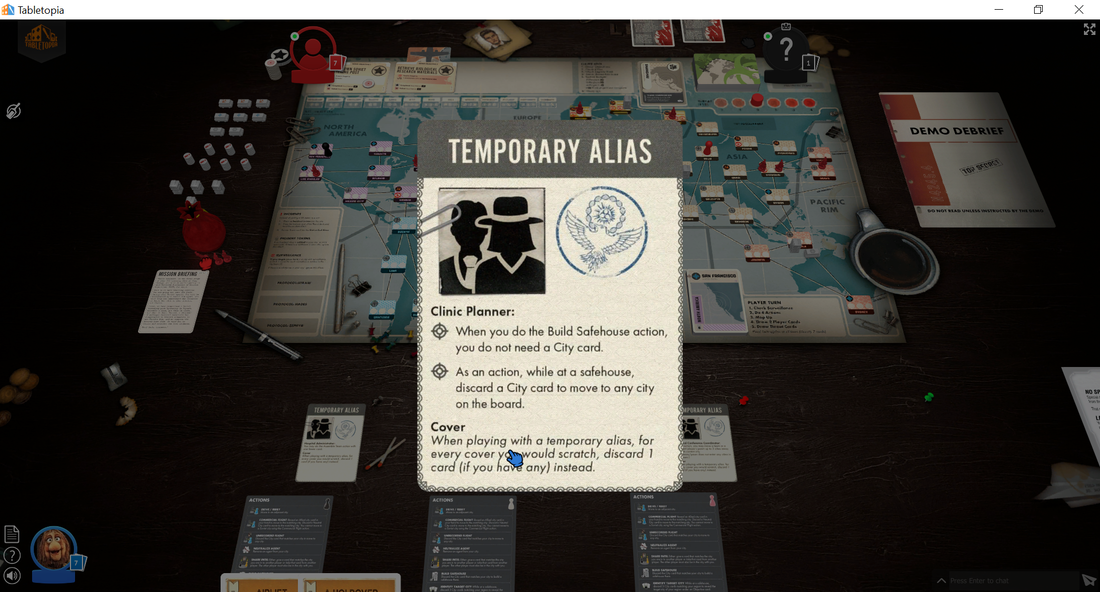
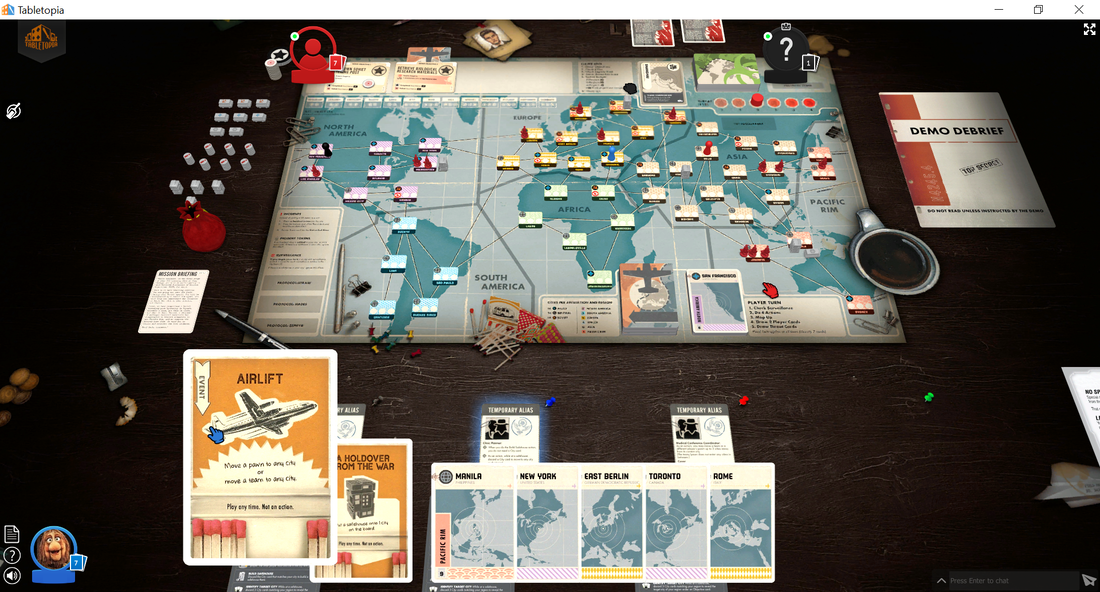
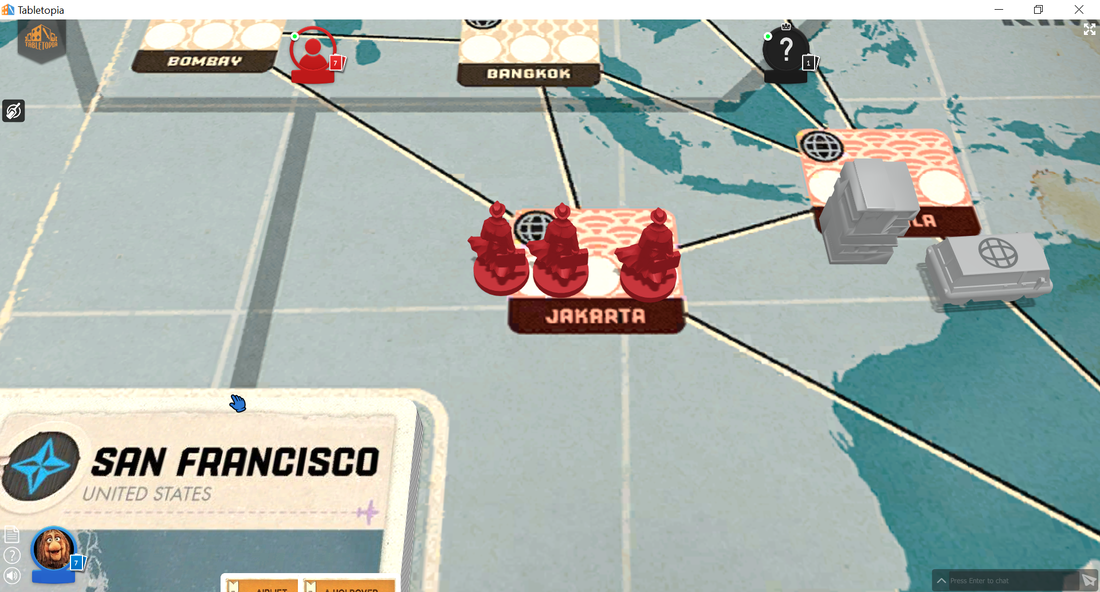
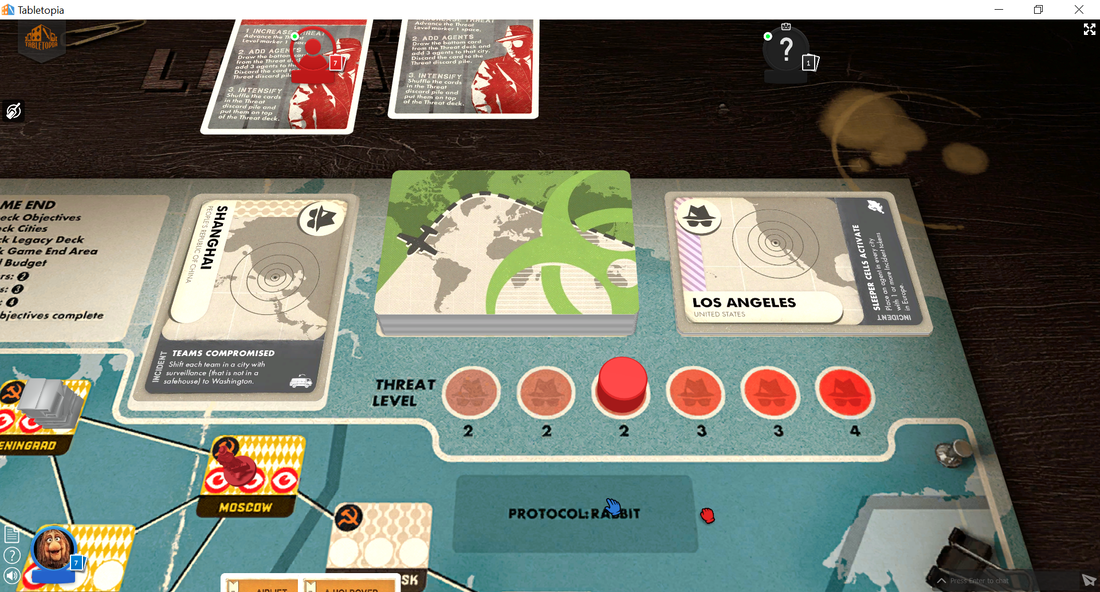
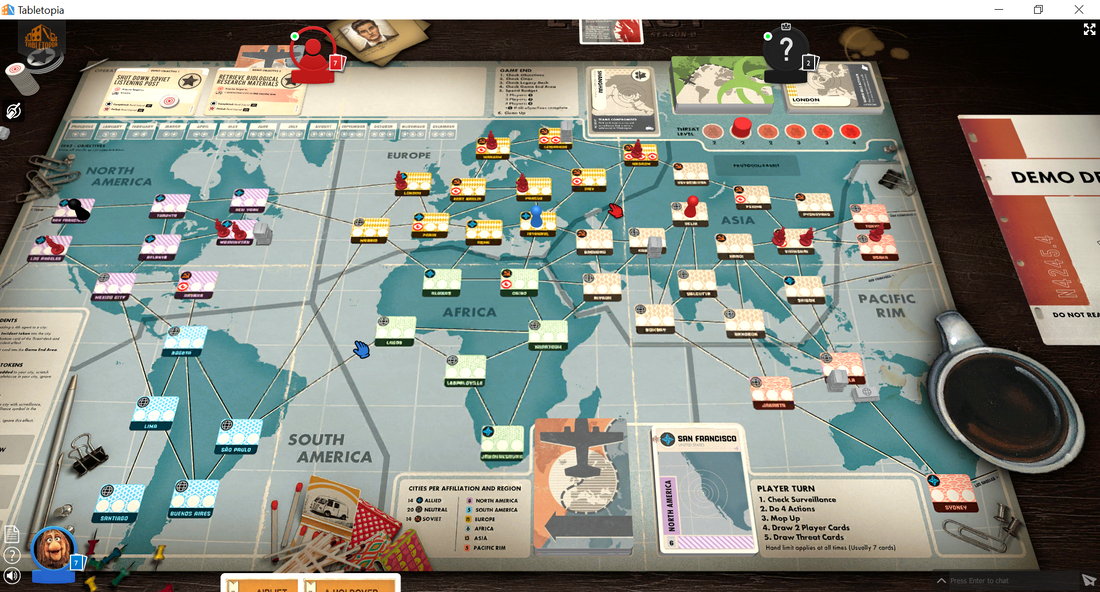
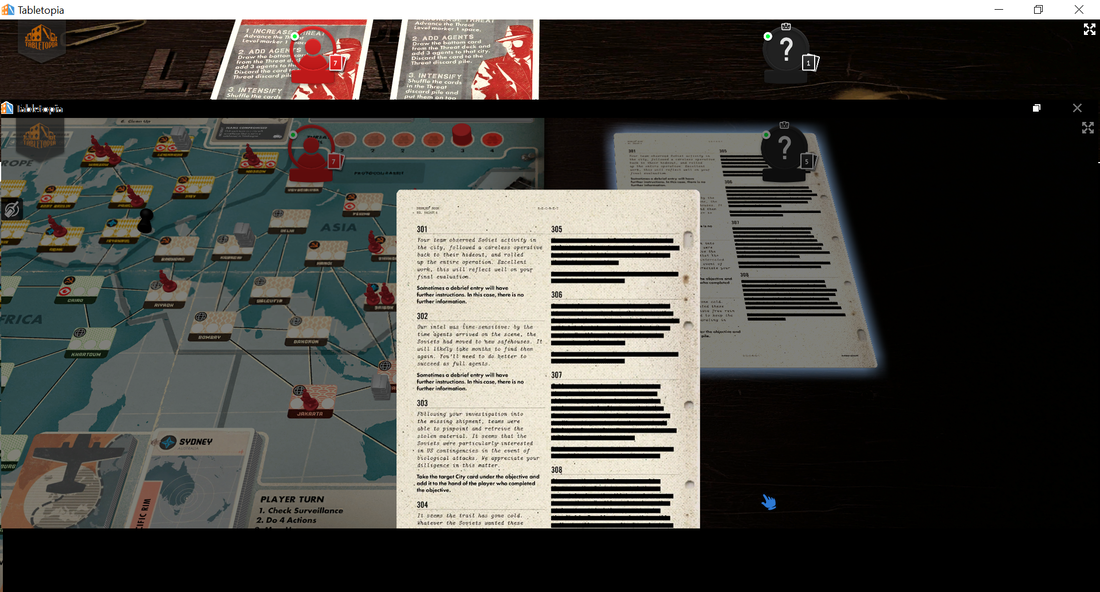
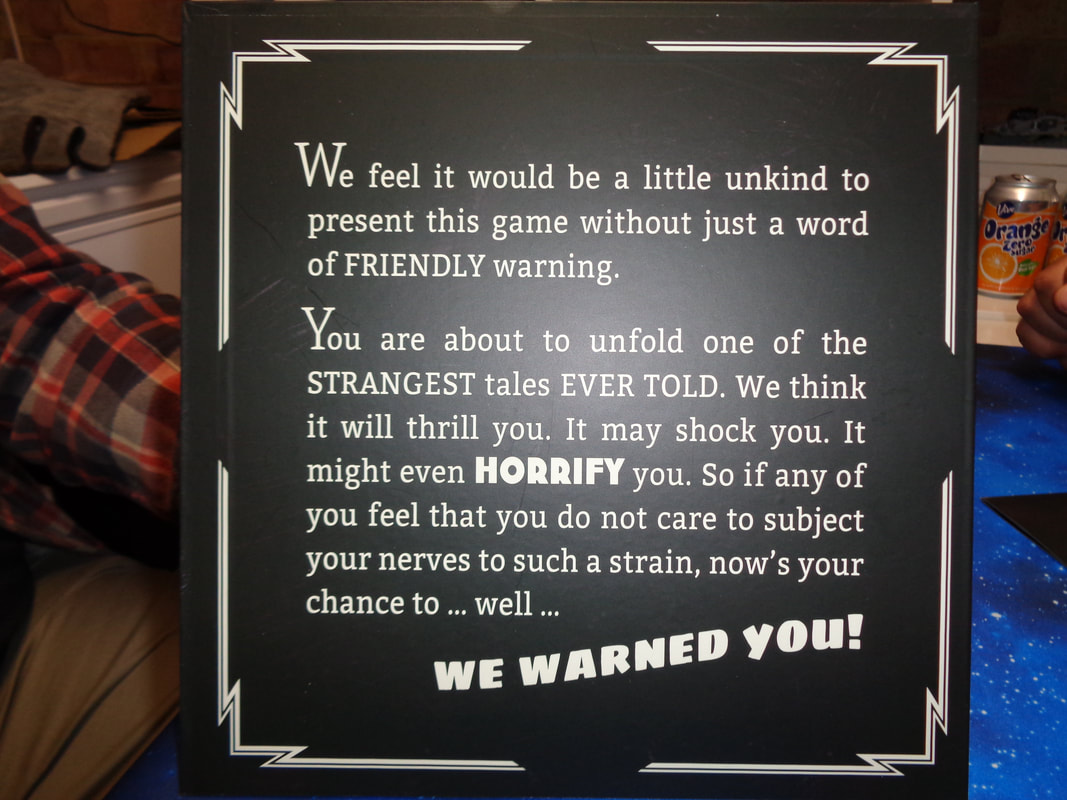
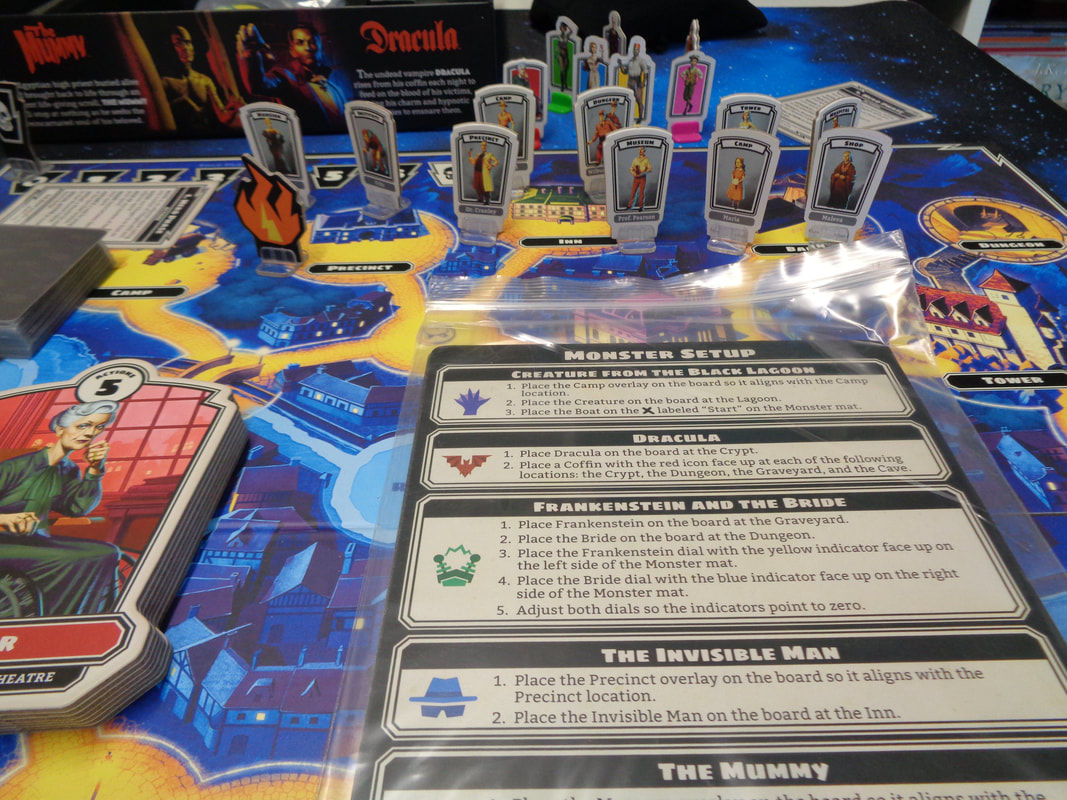
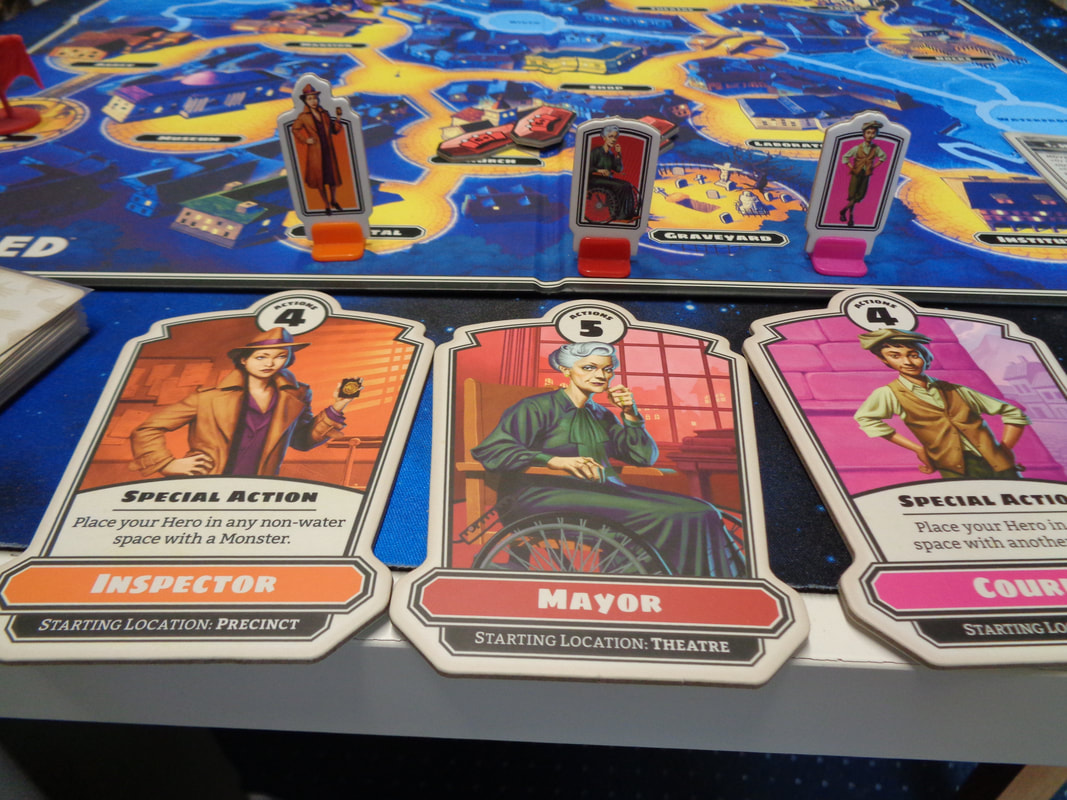
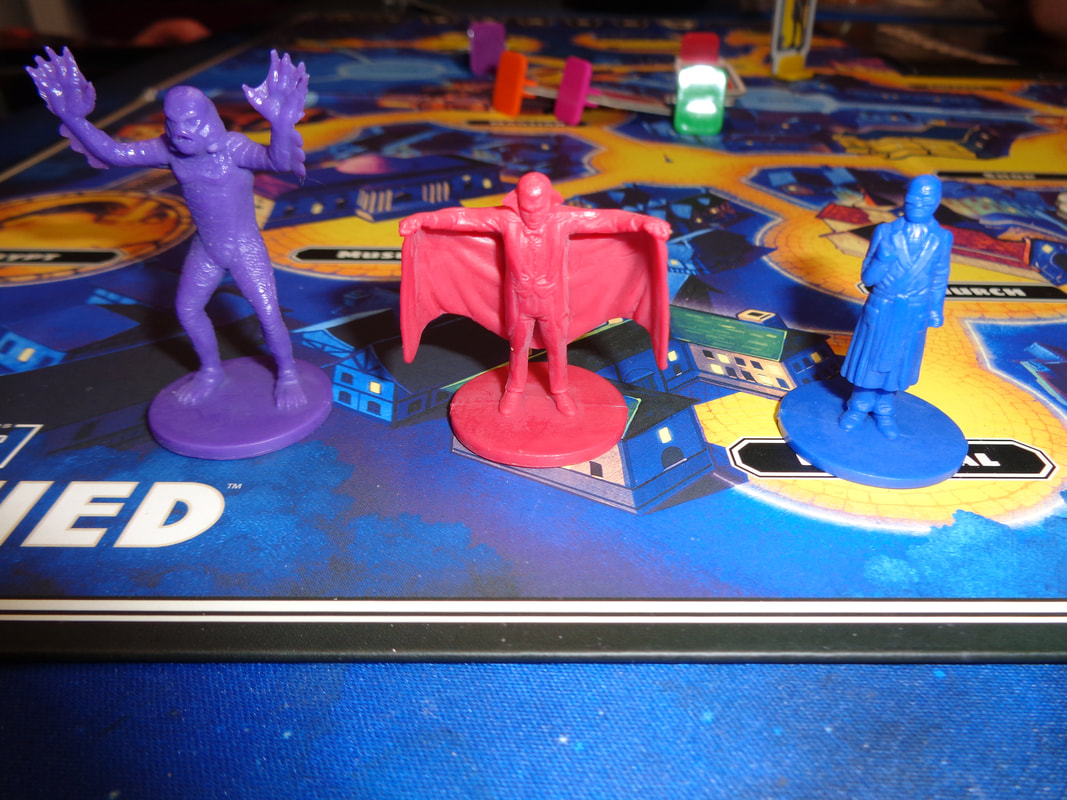
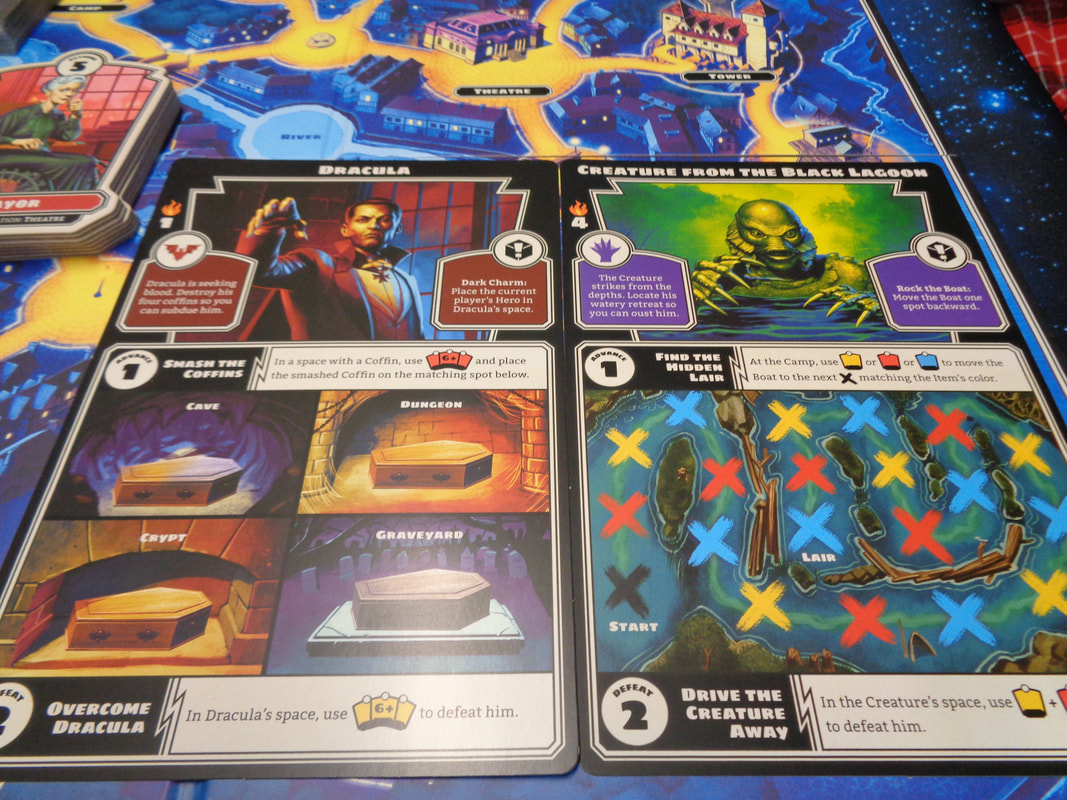
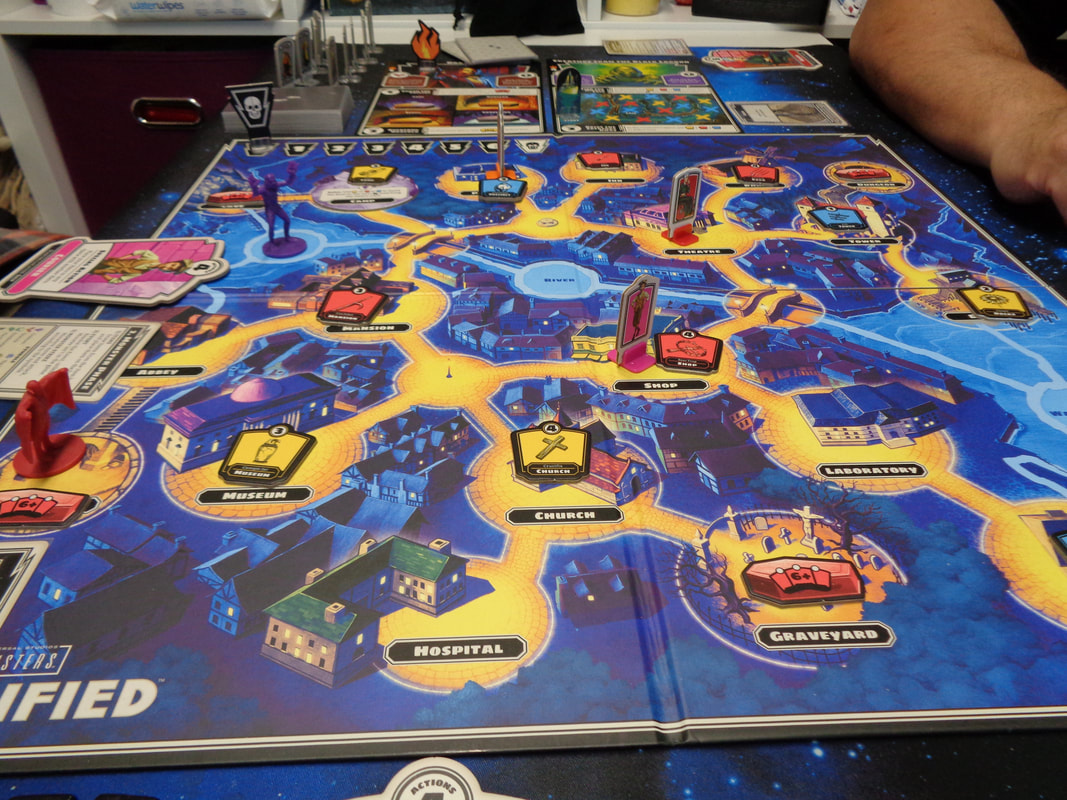
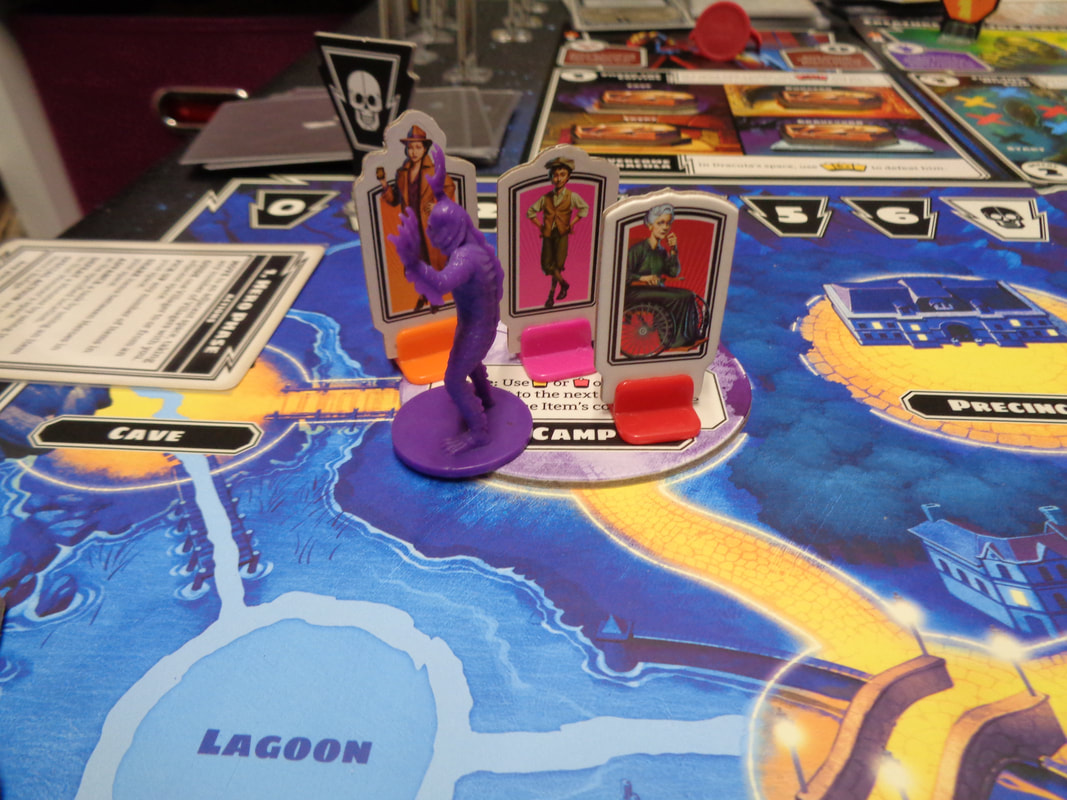
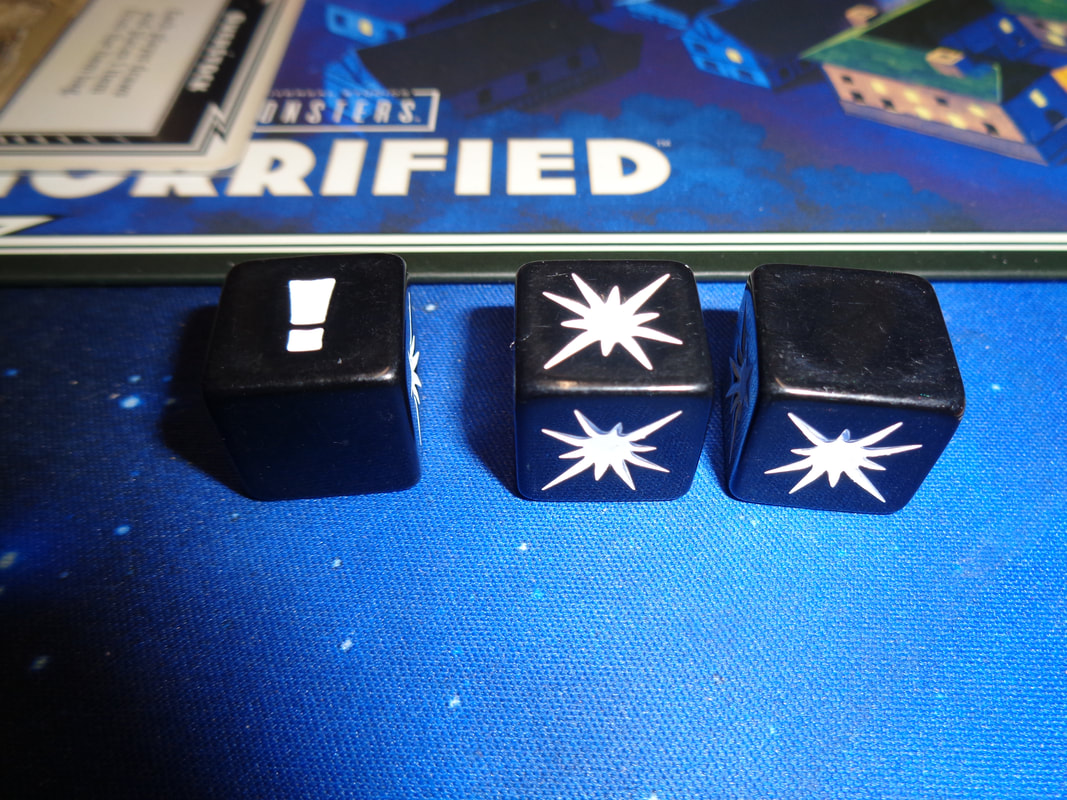
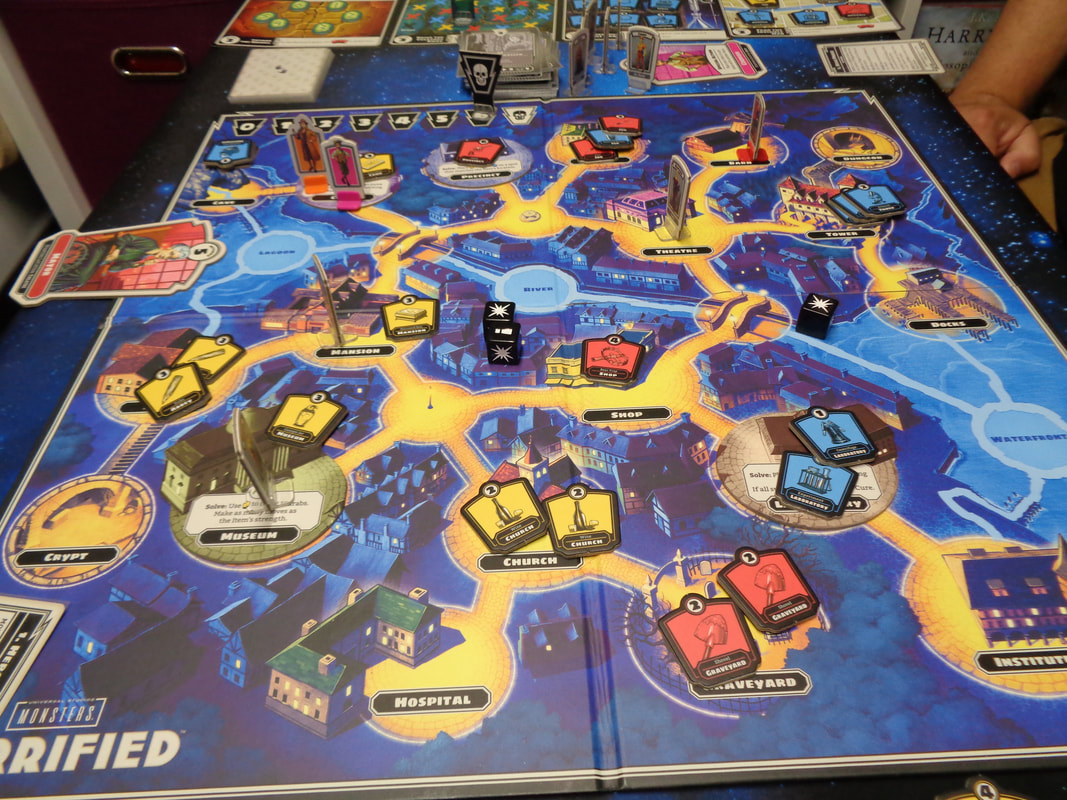
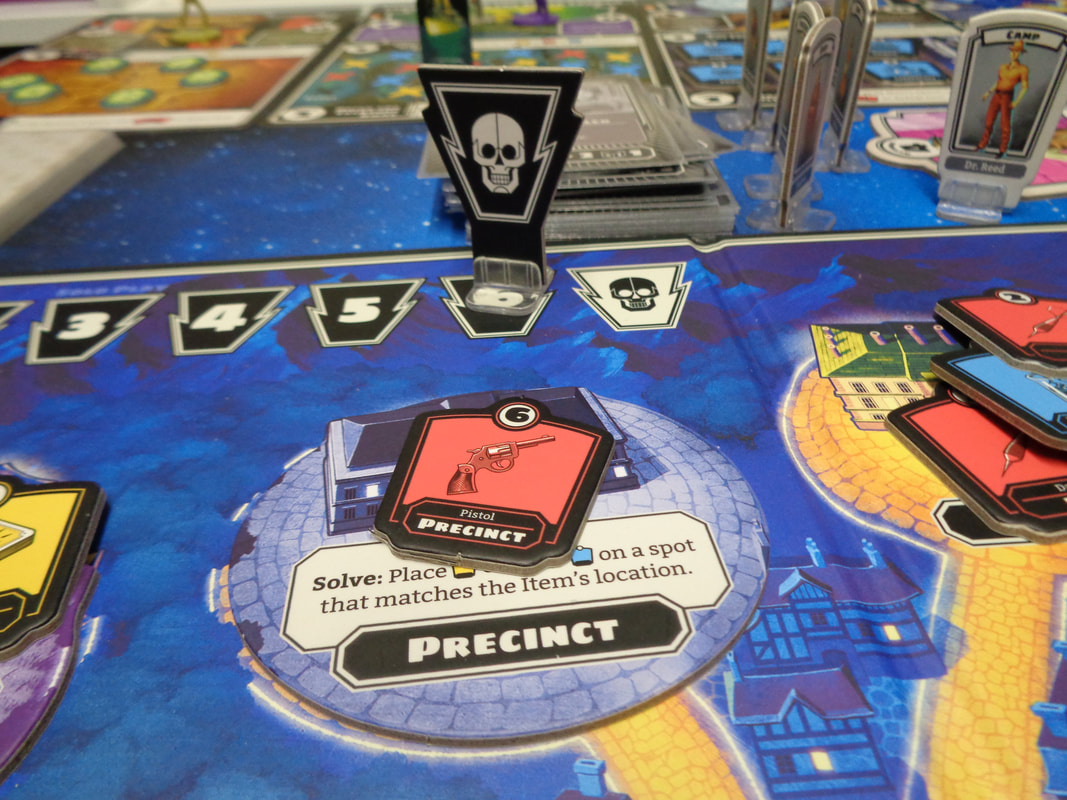
 RSS Feed
RSS Feed
